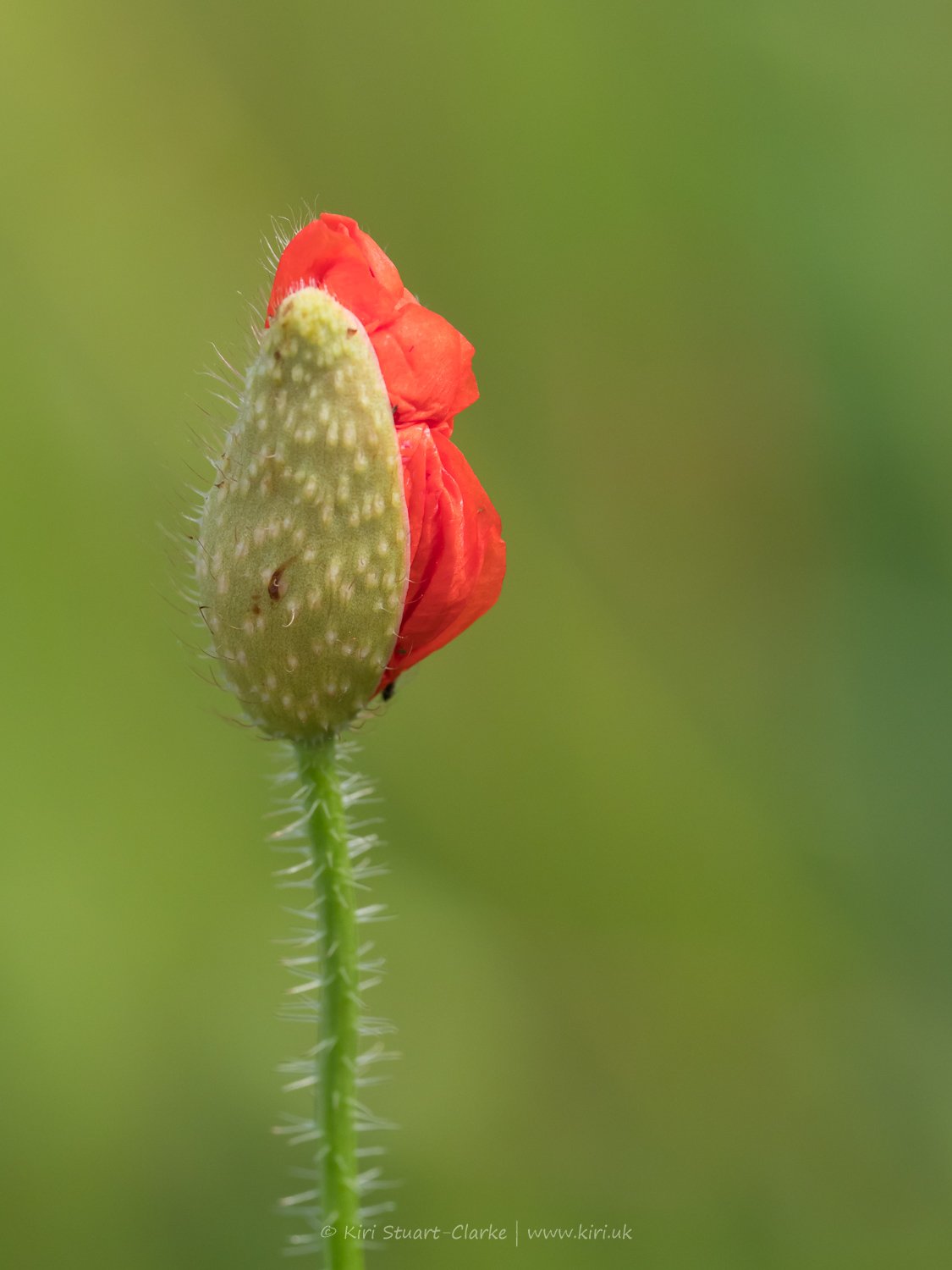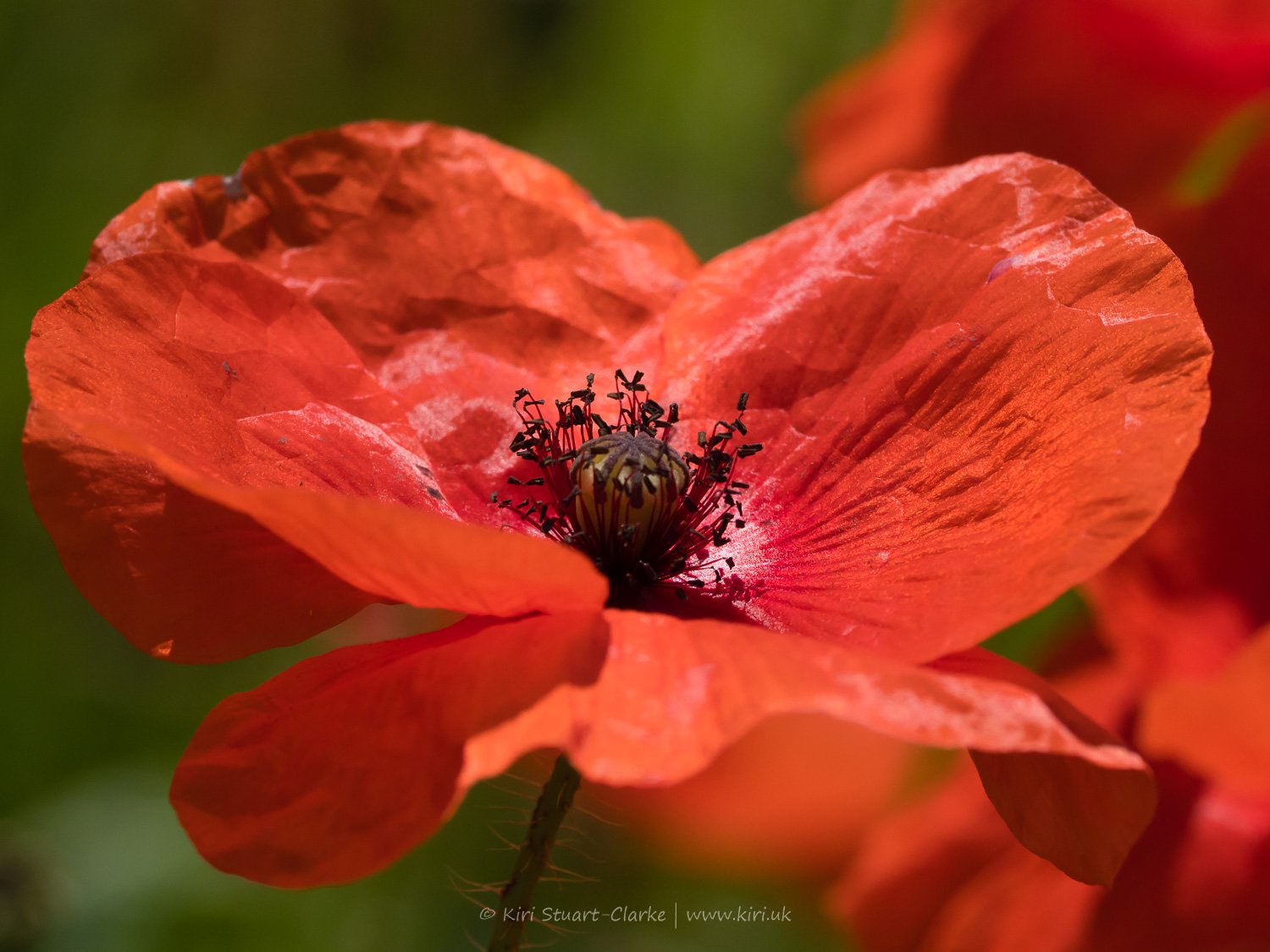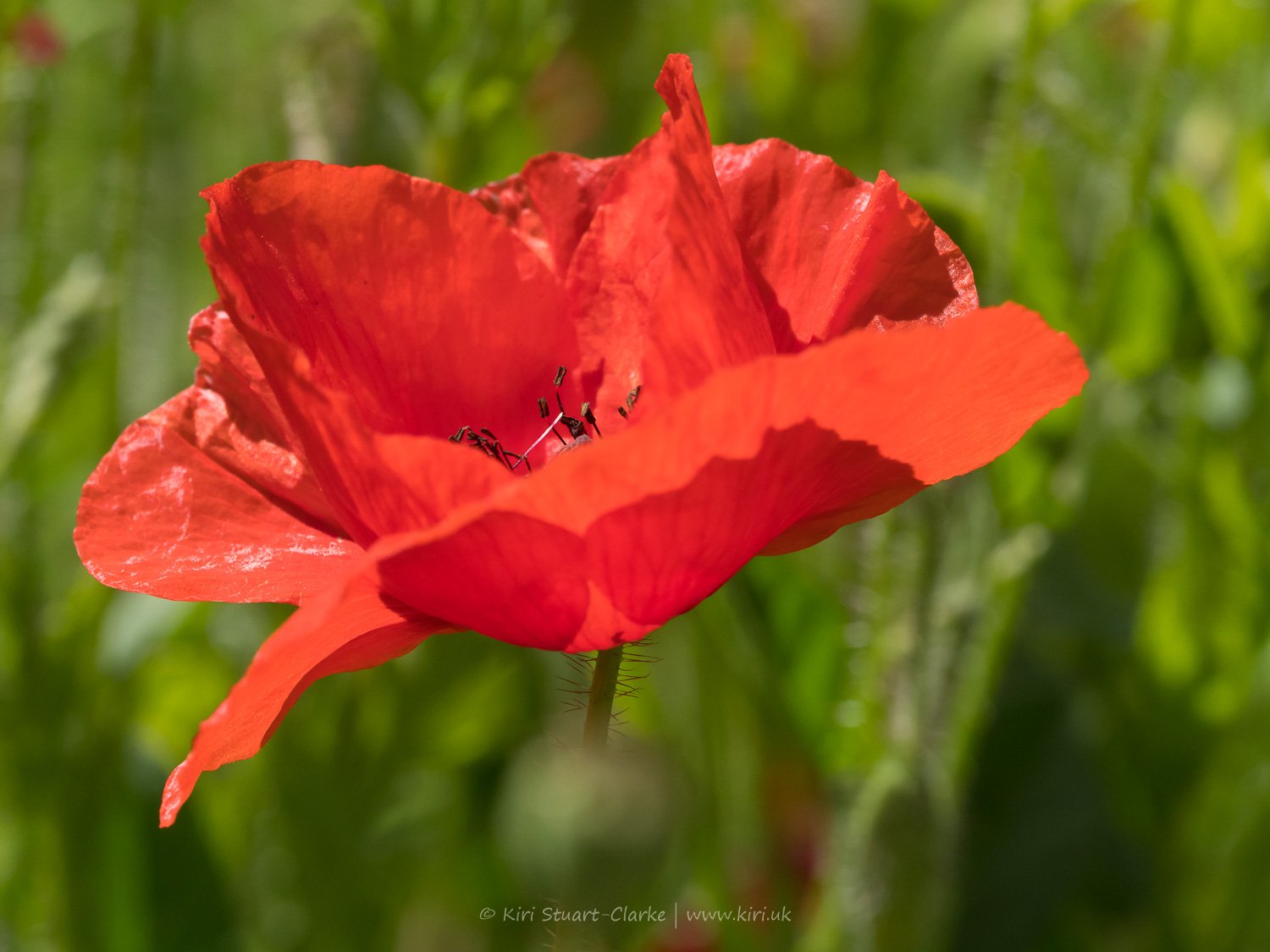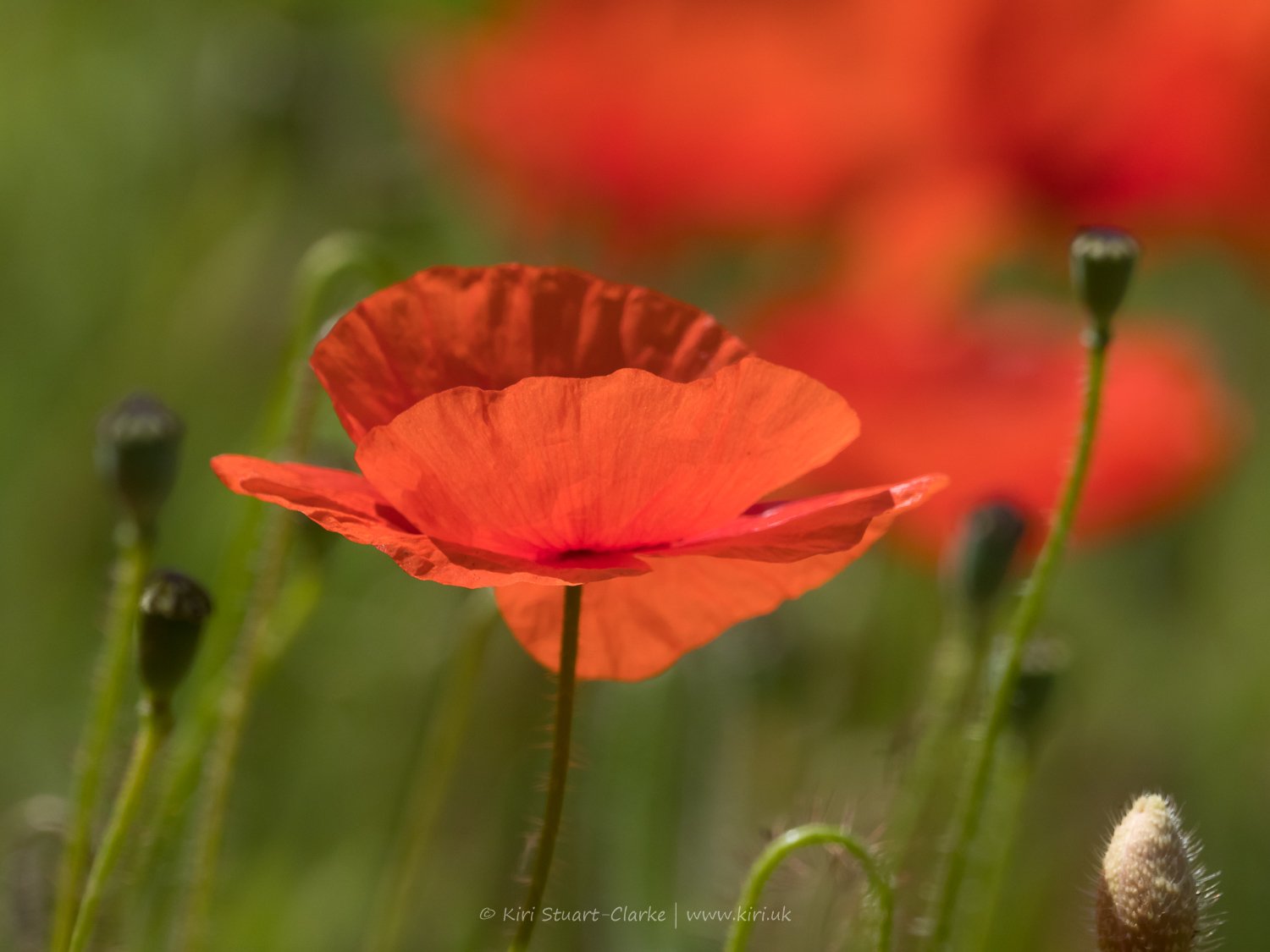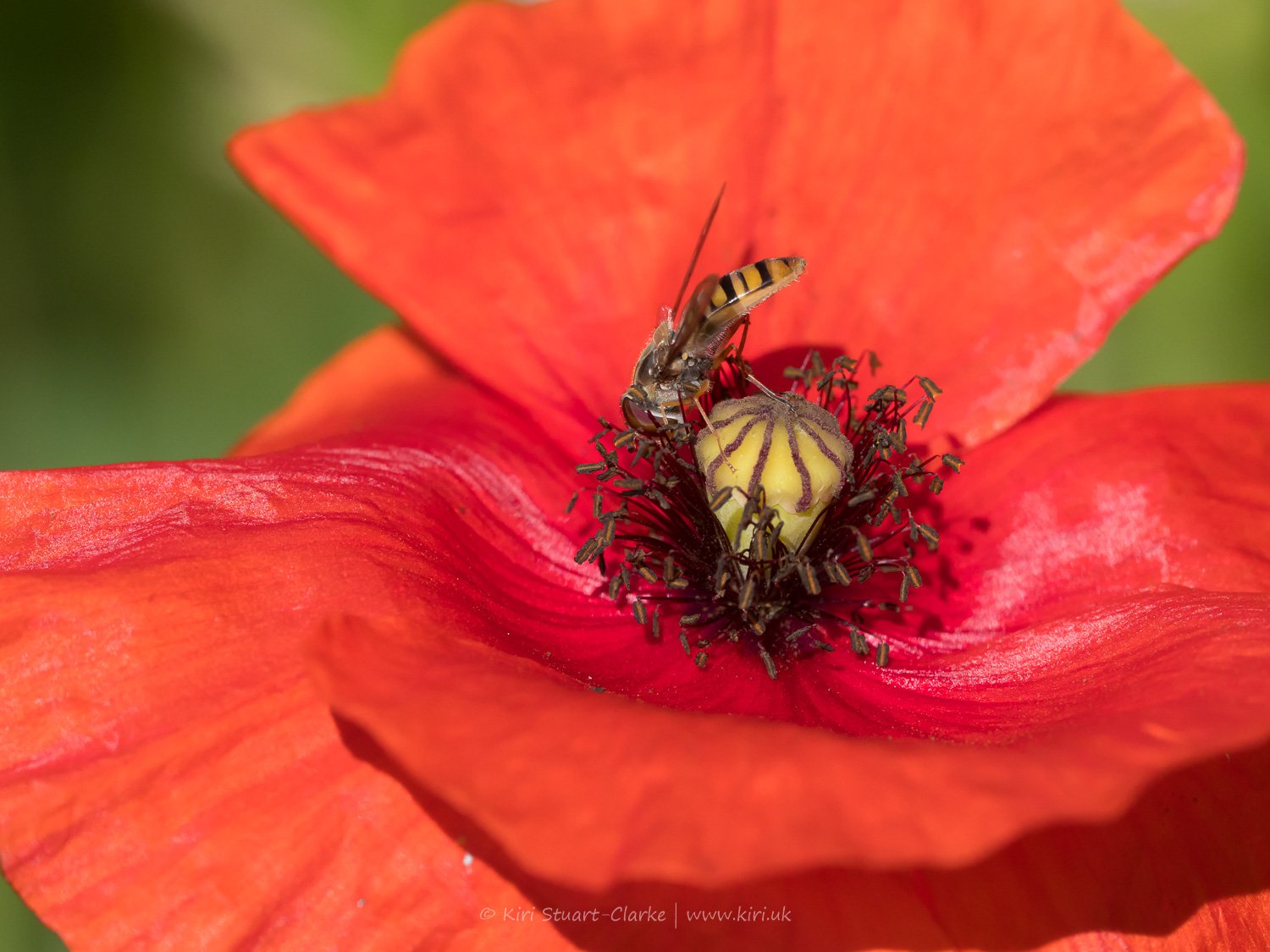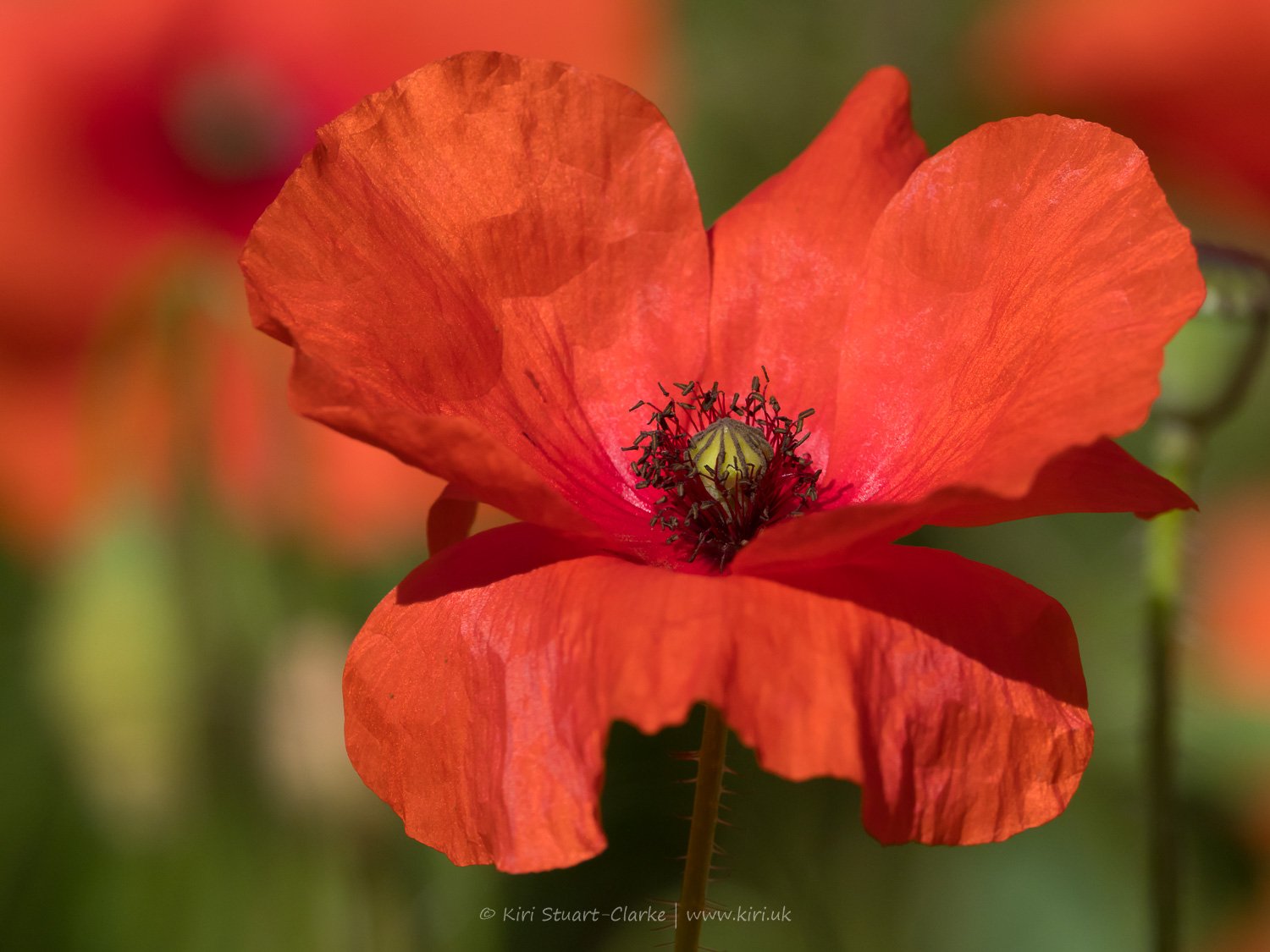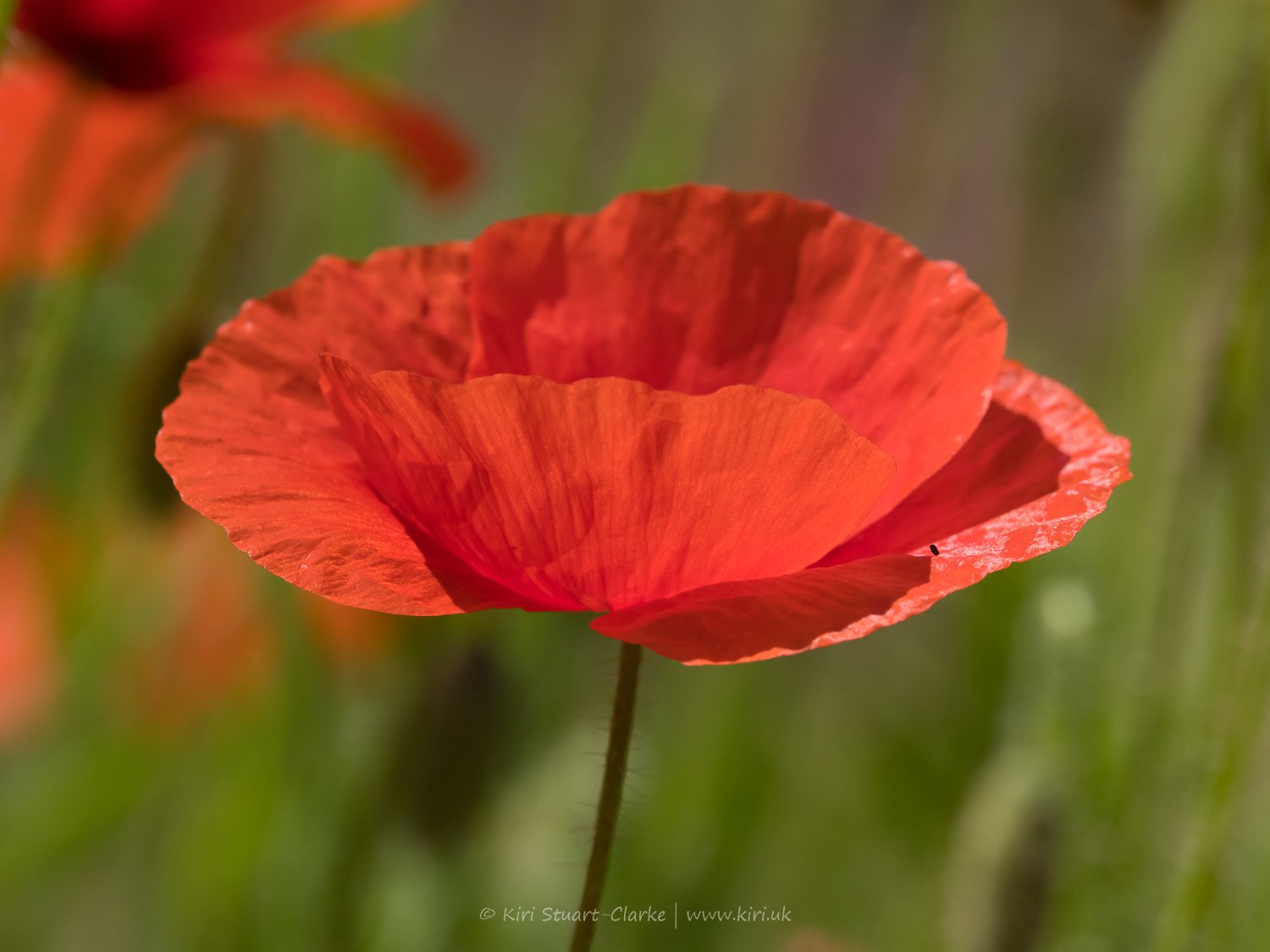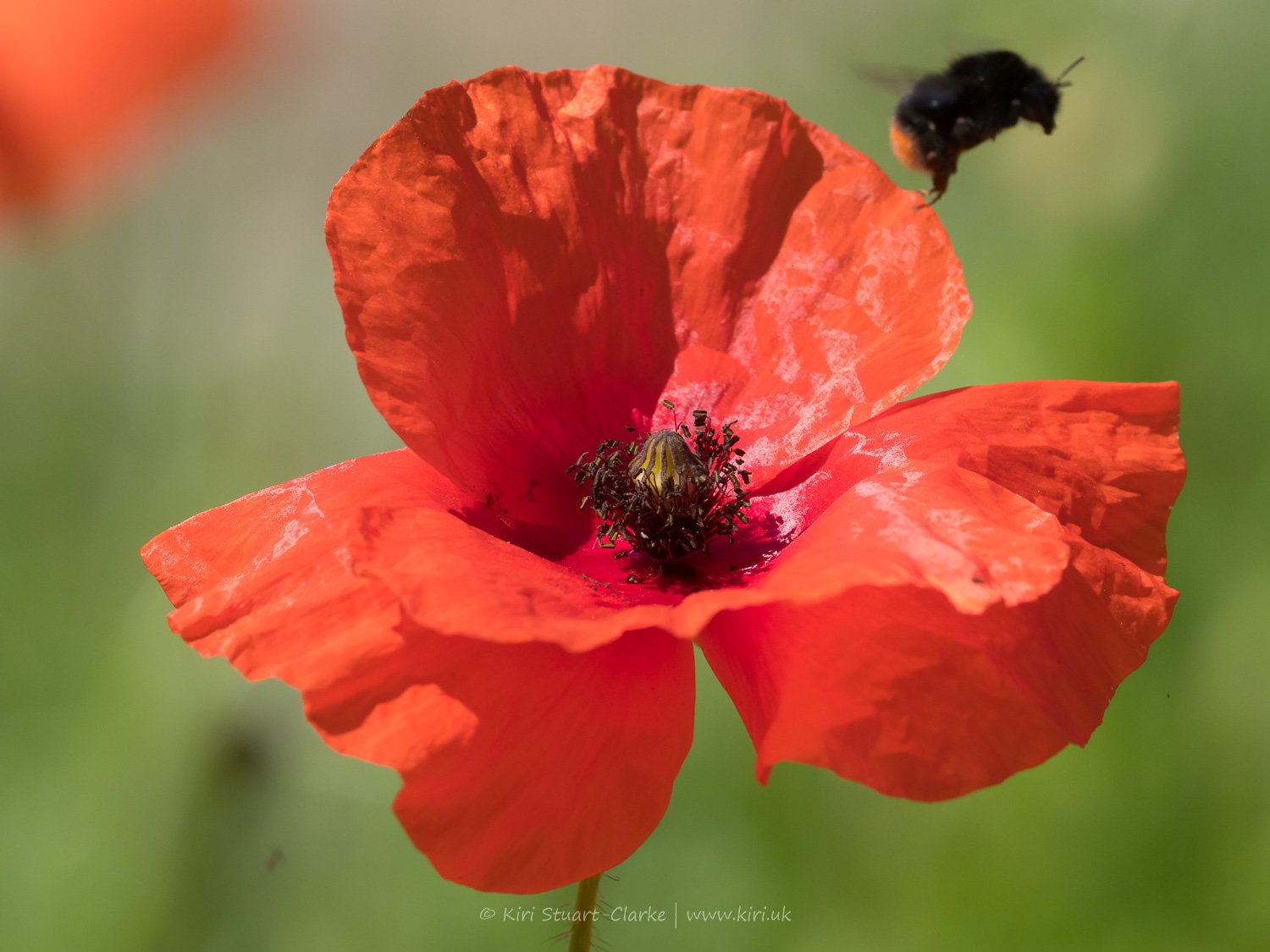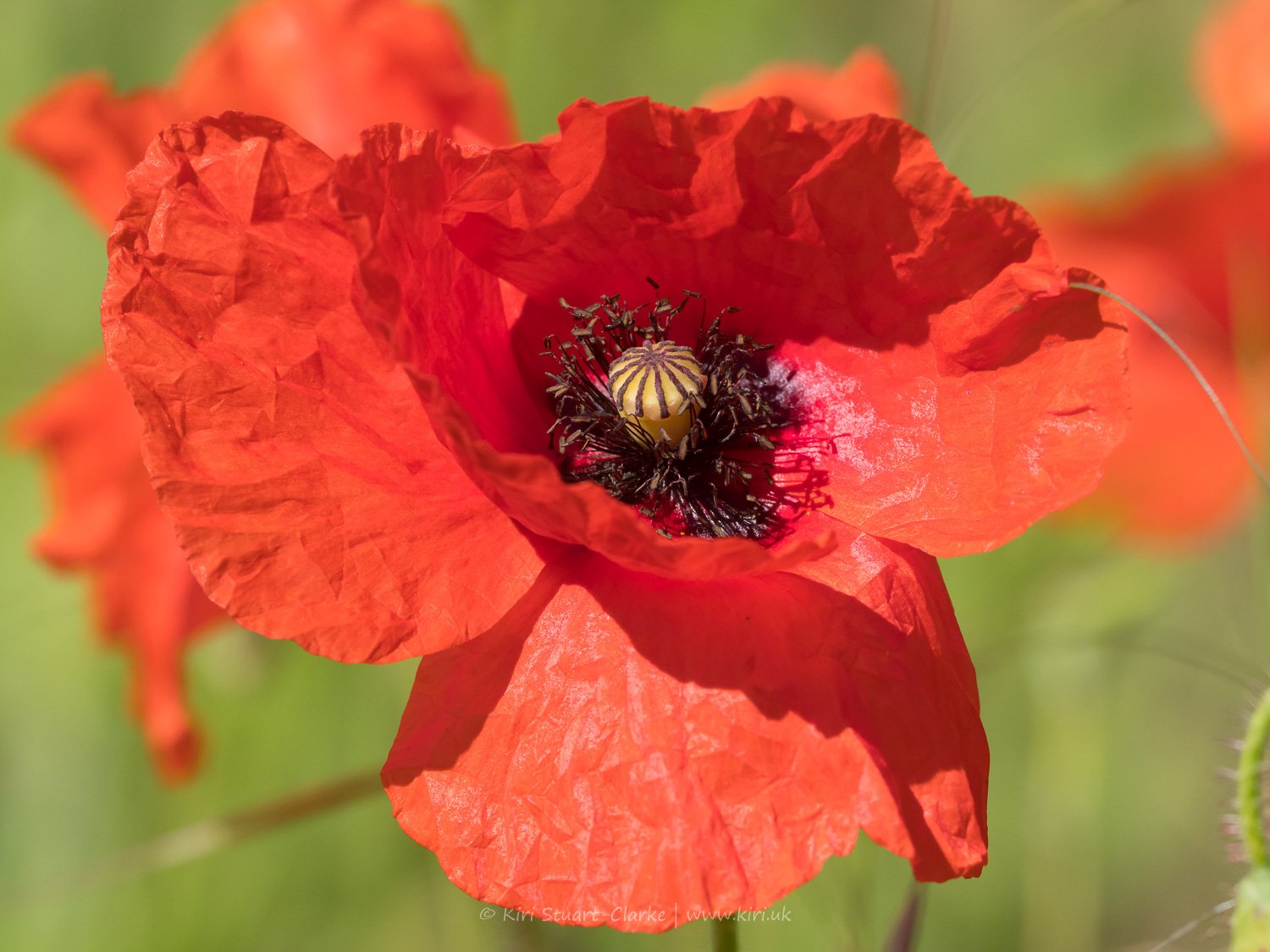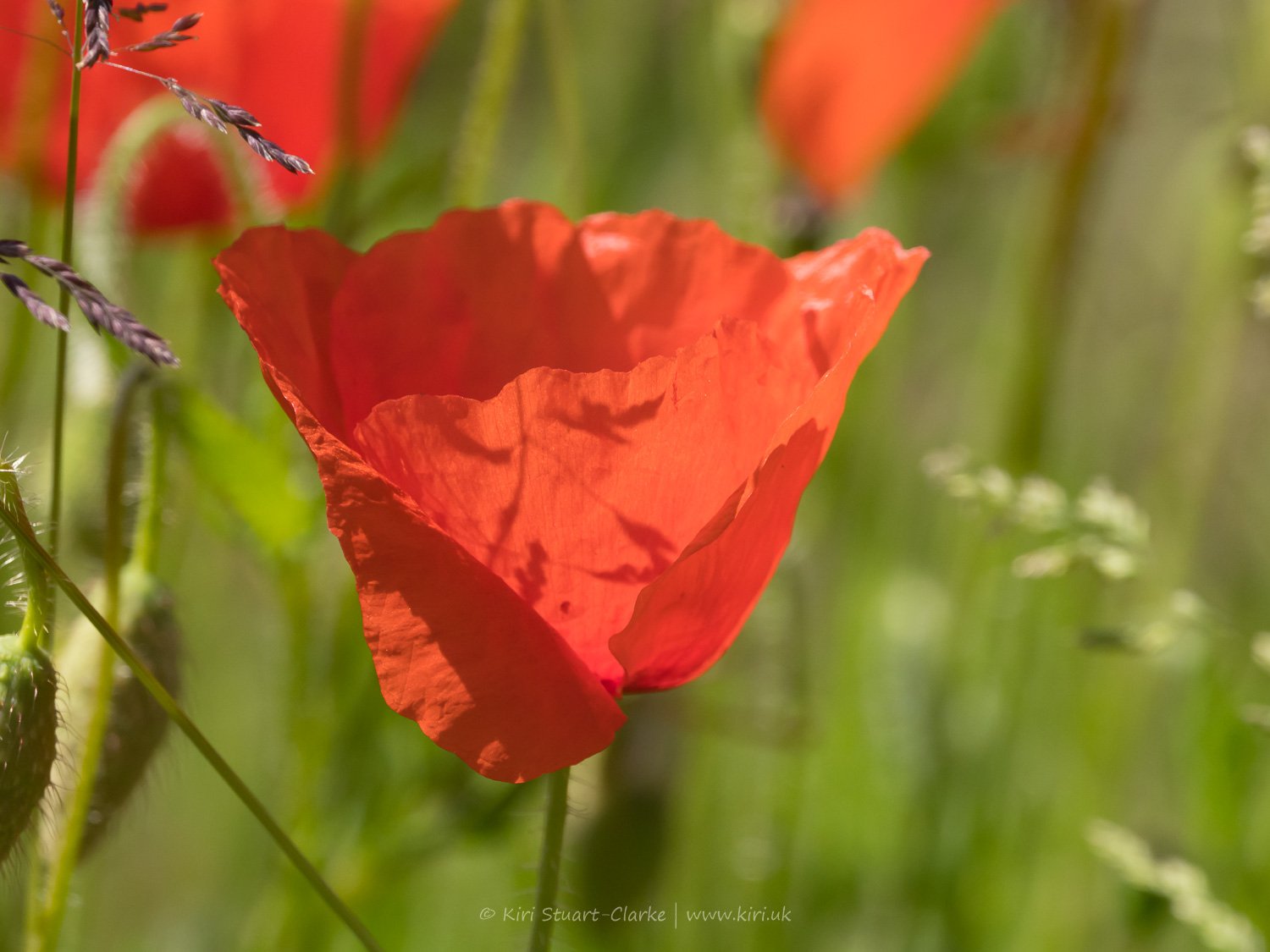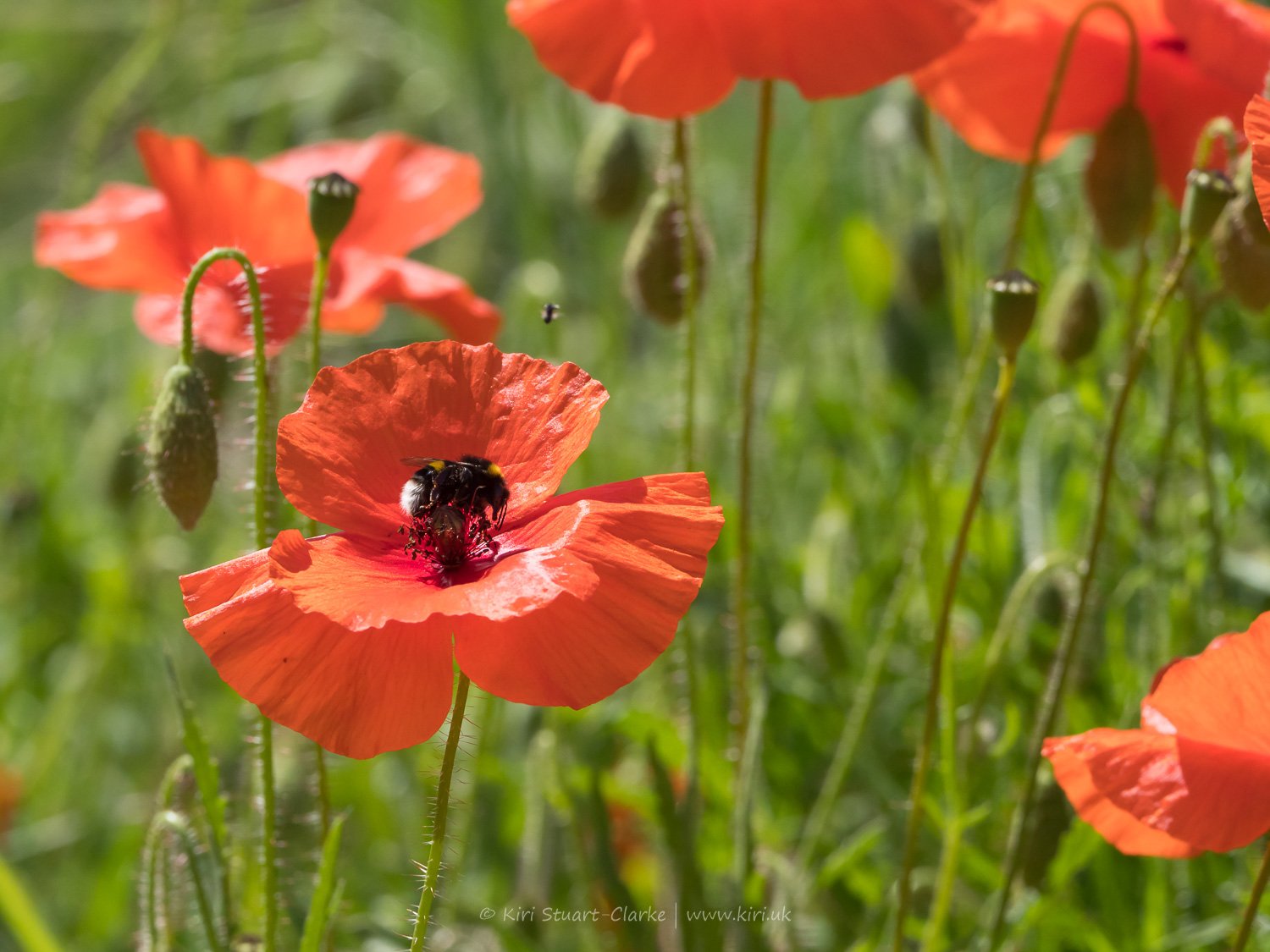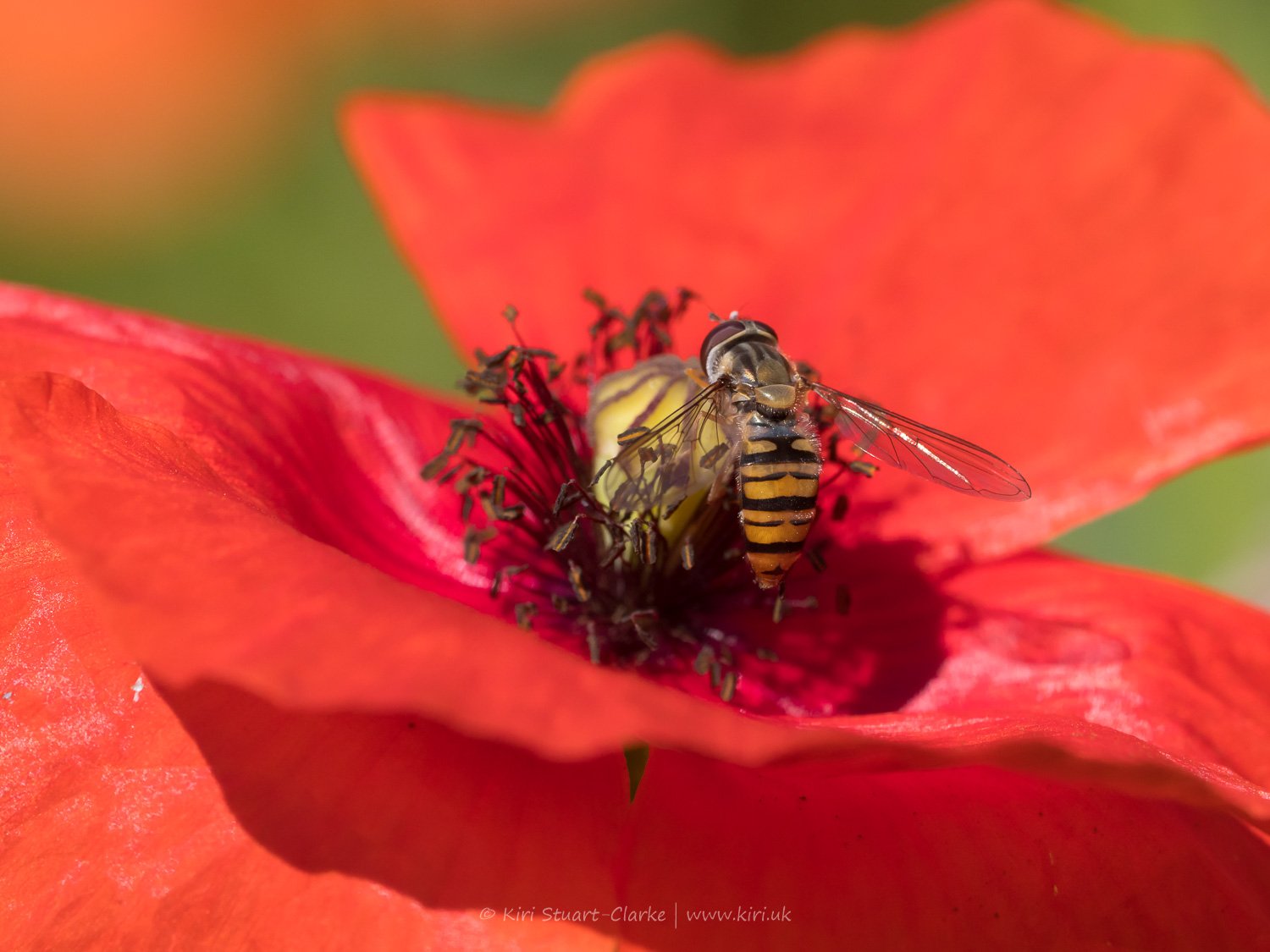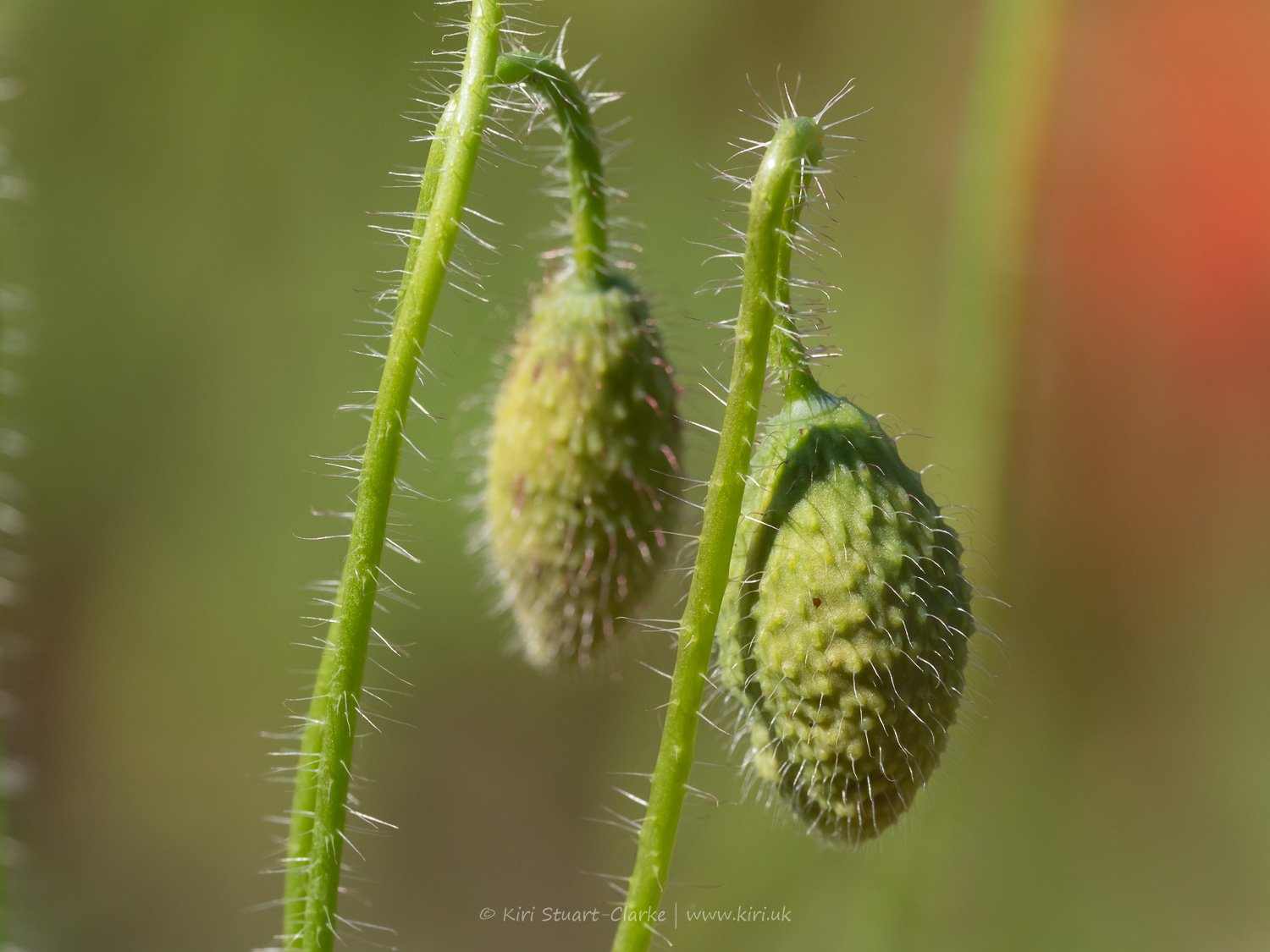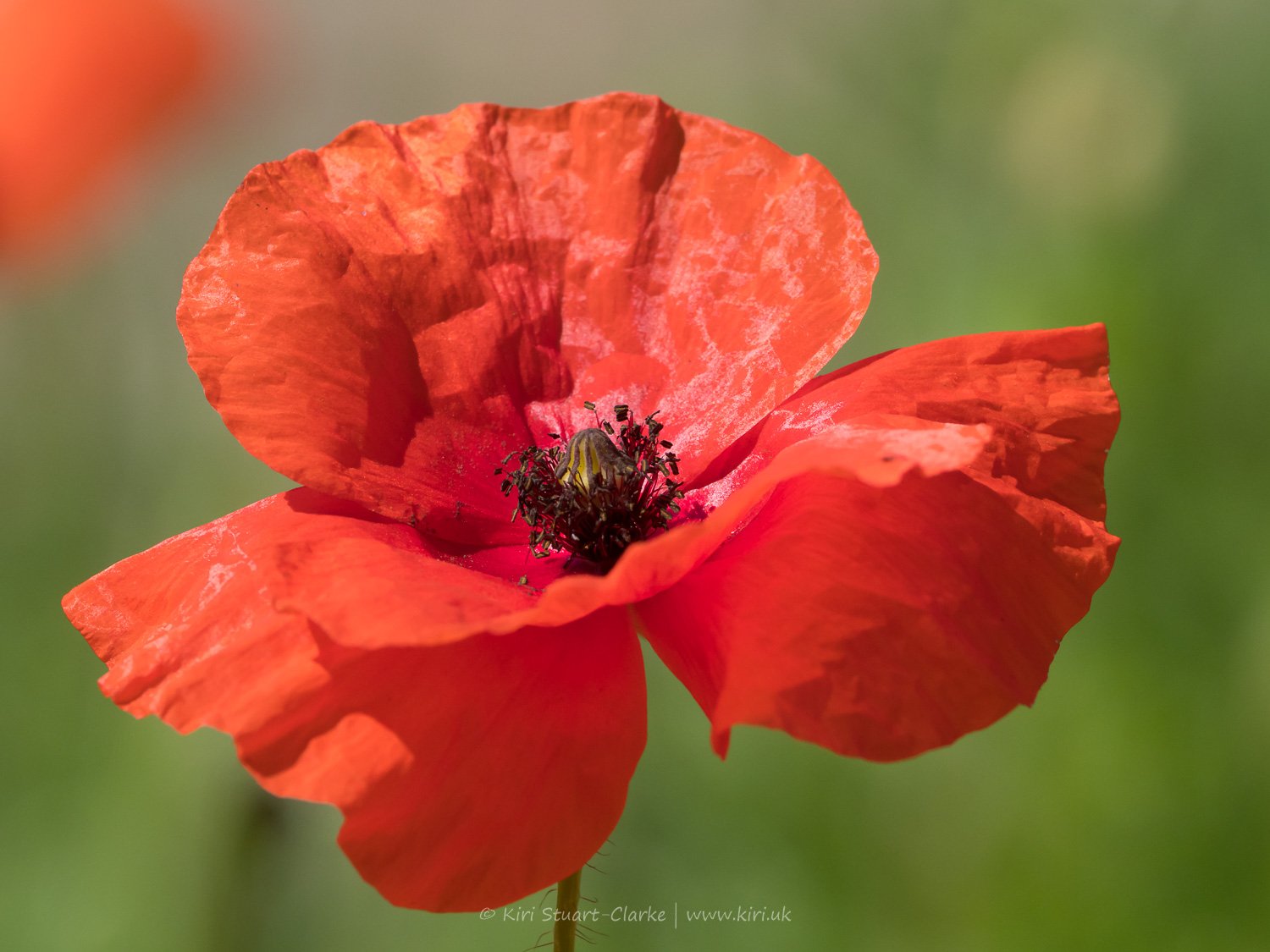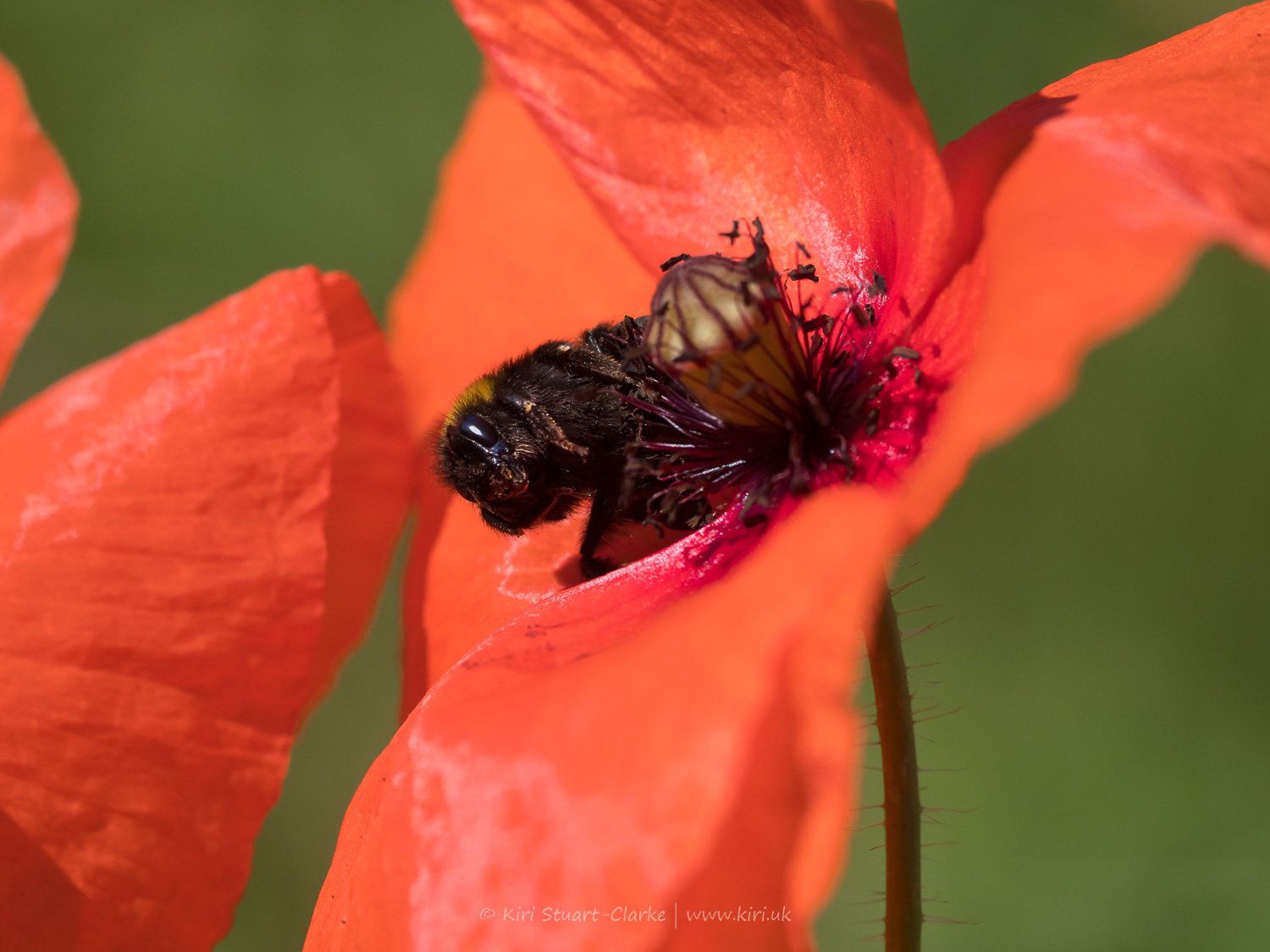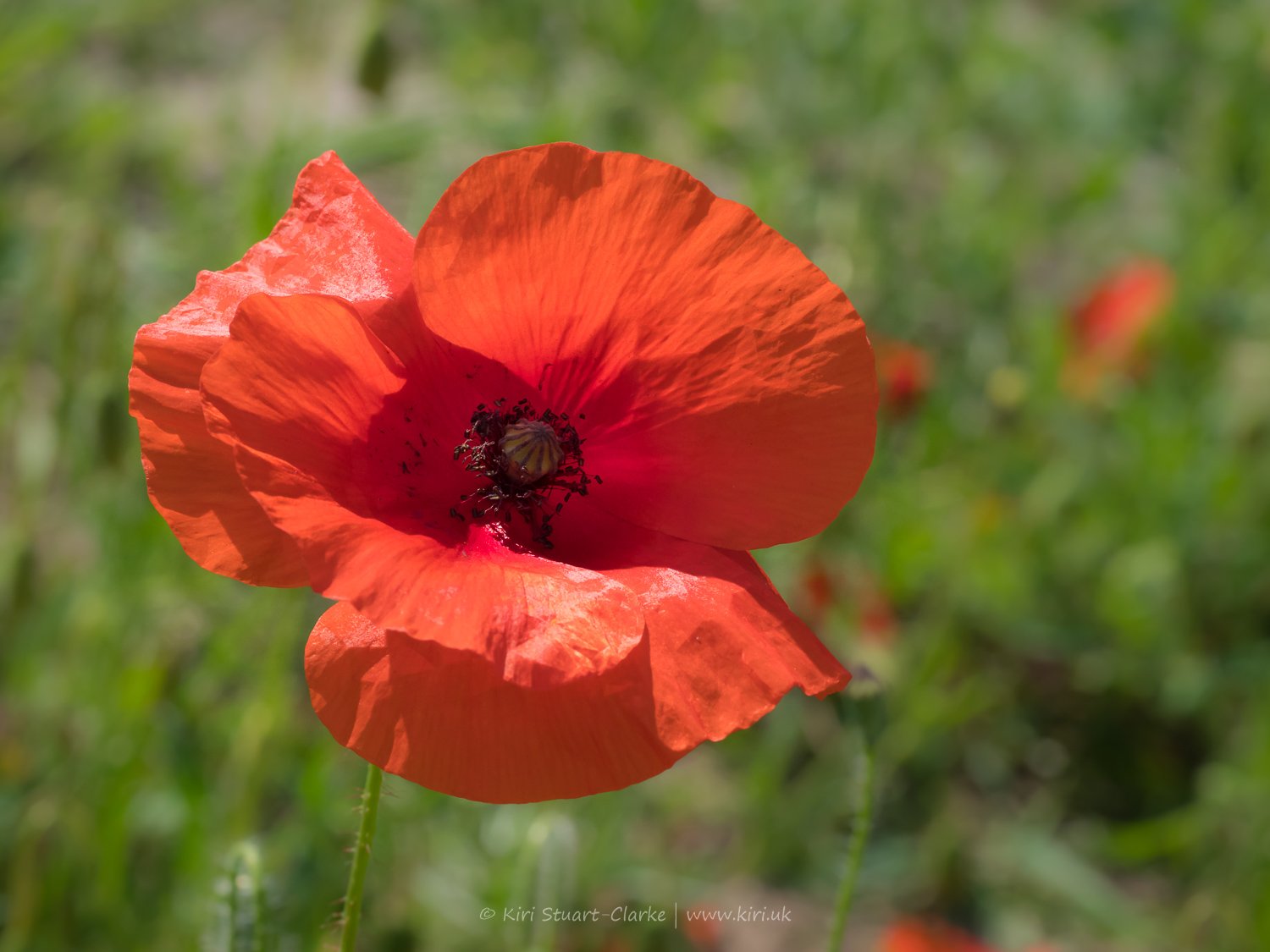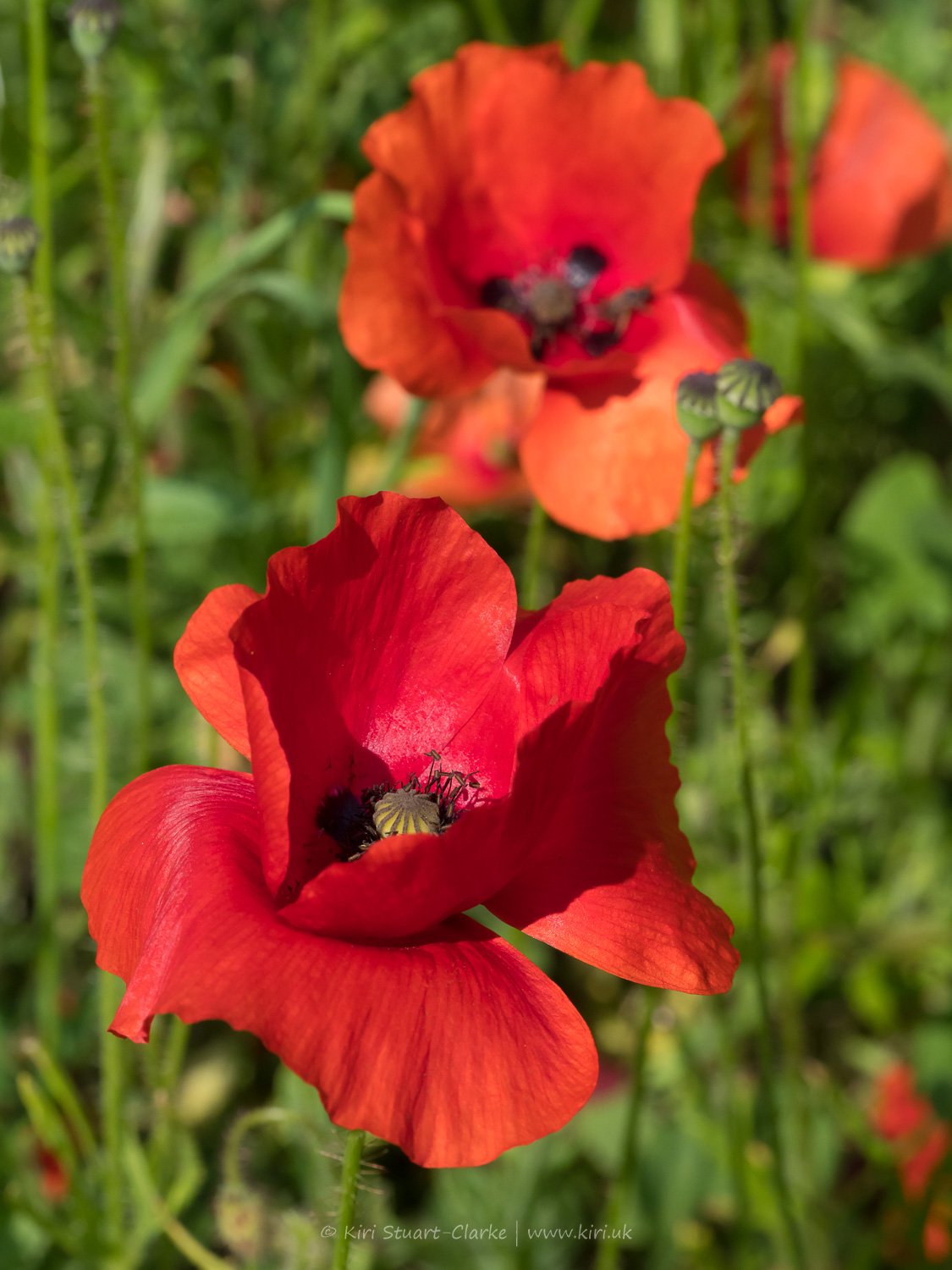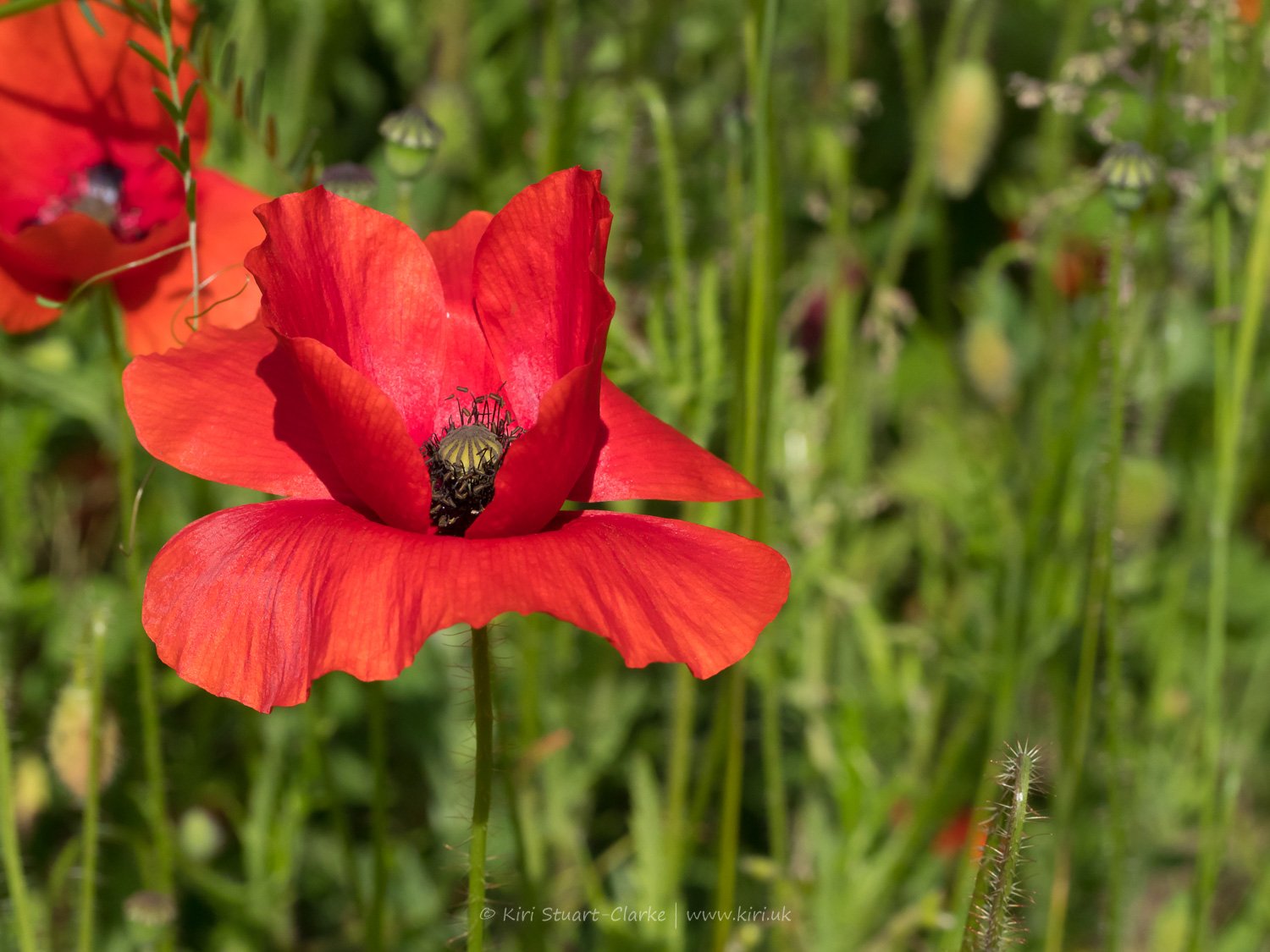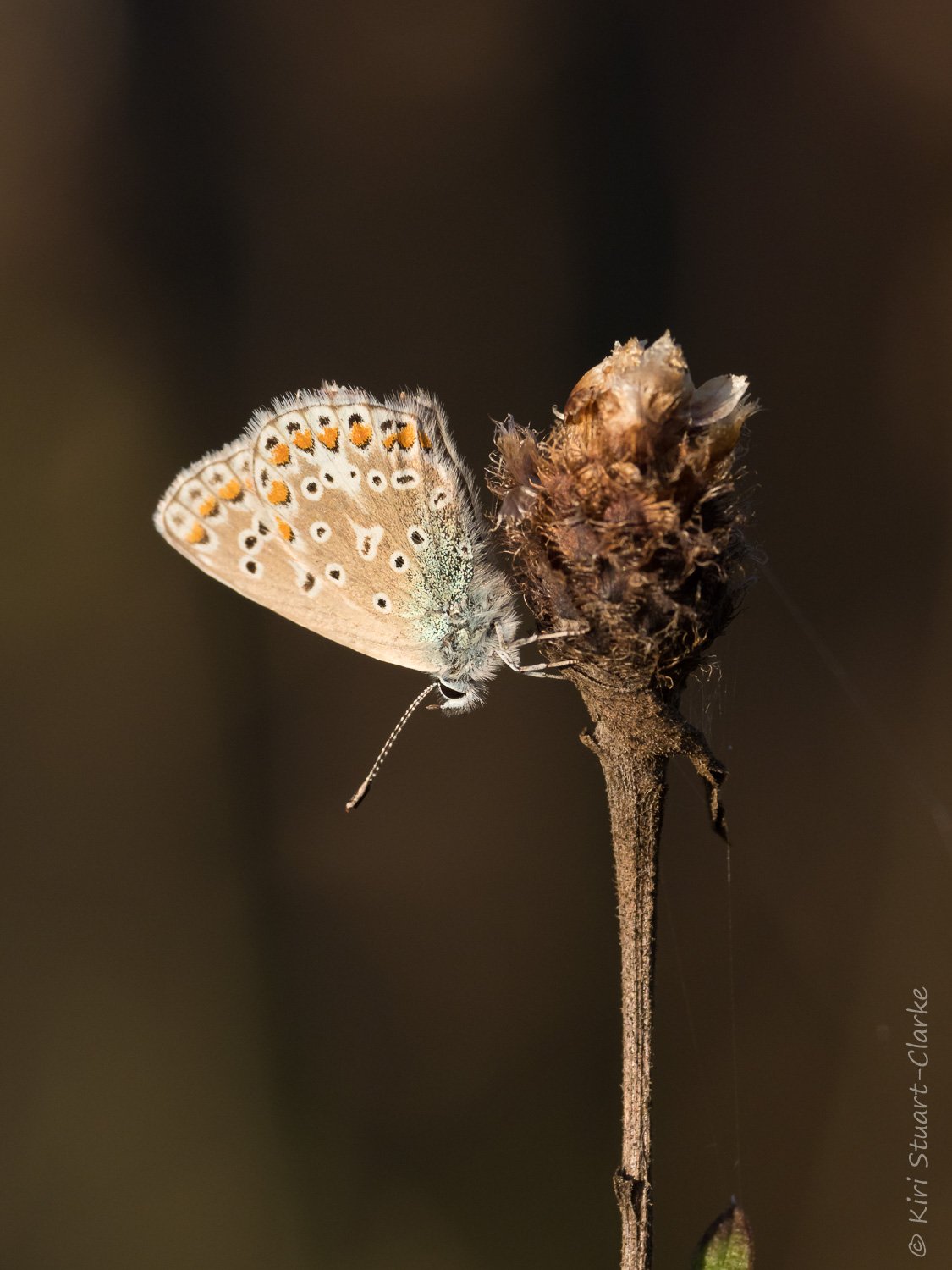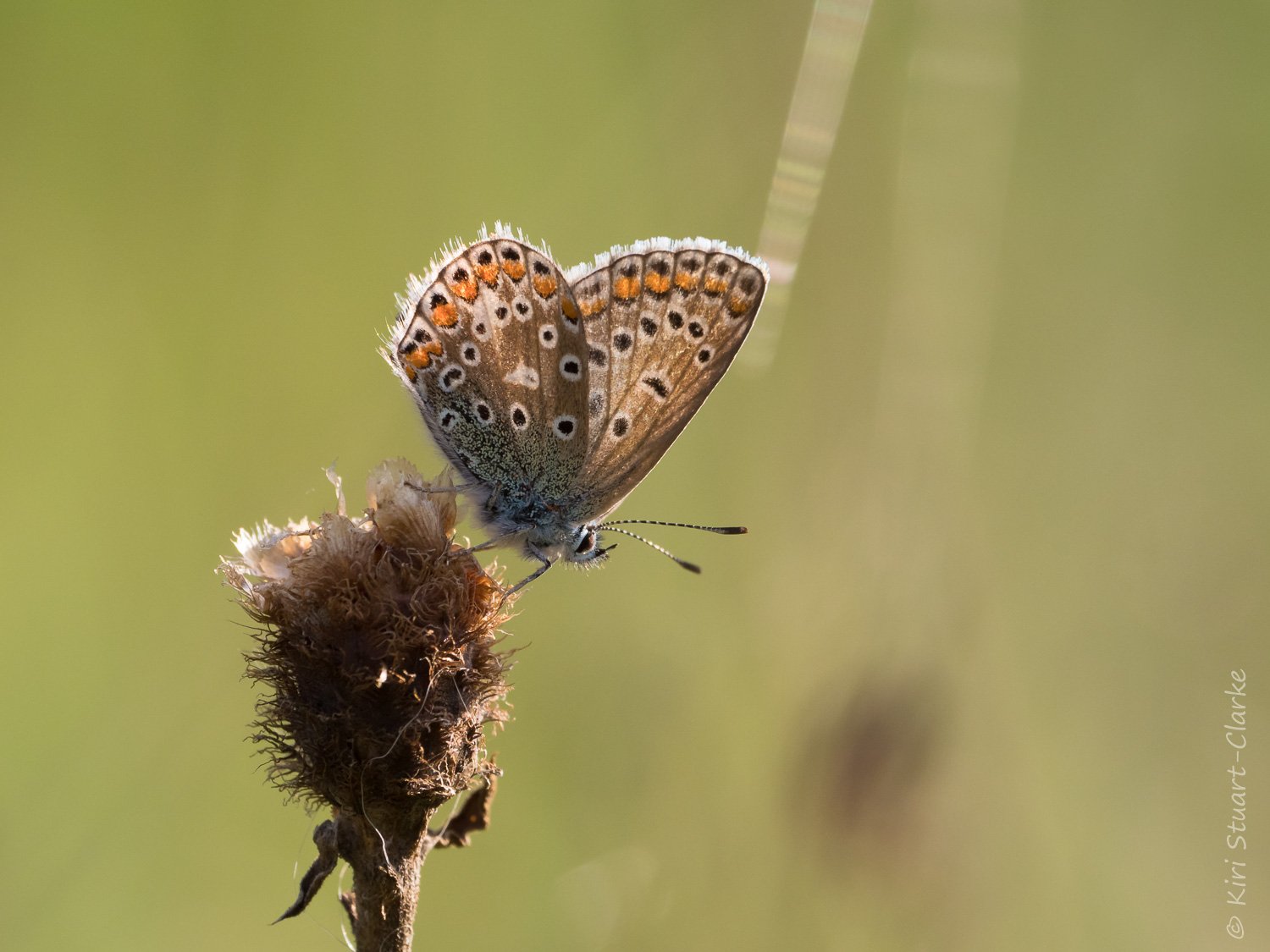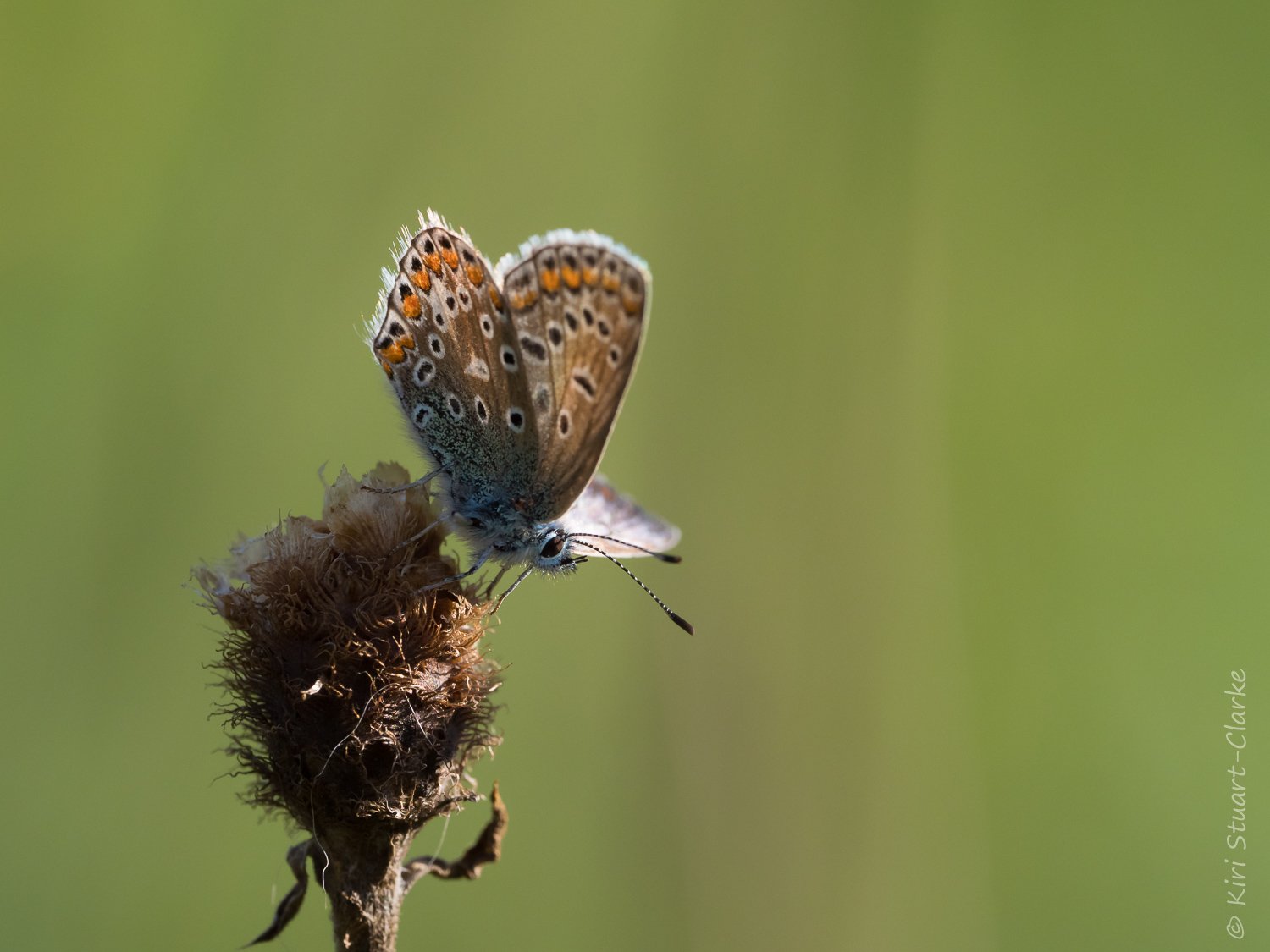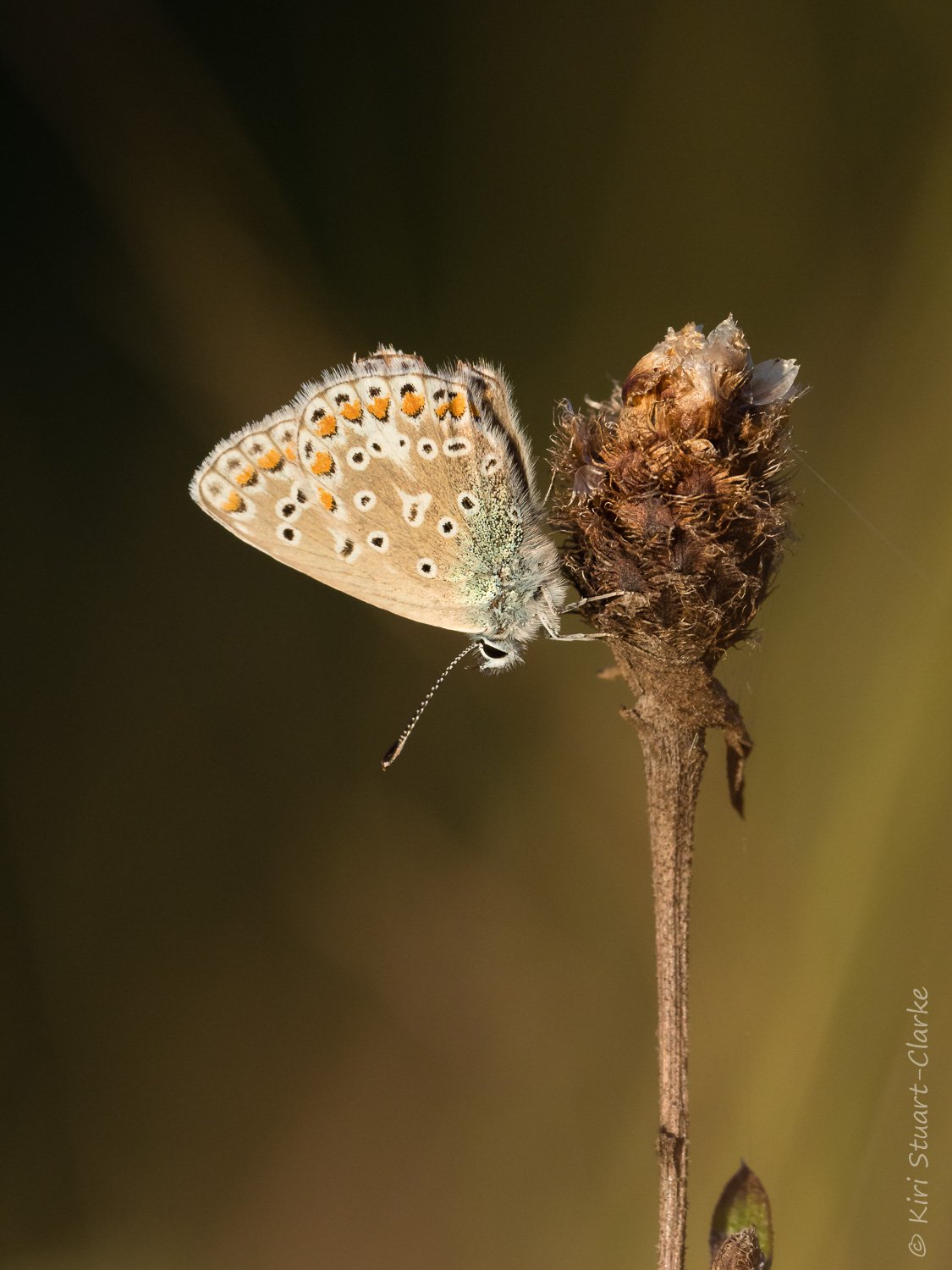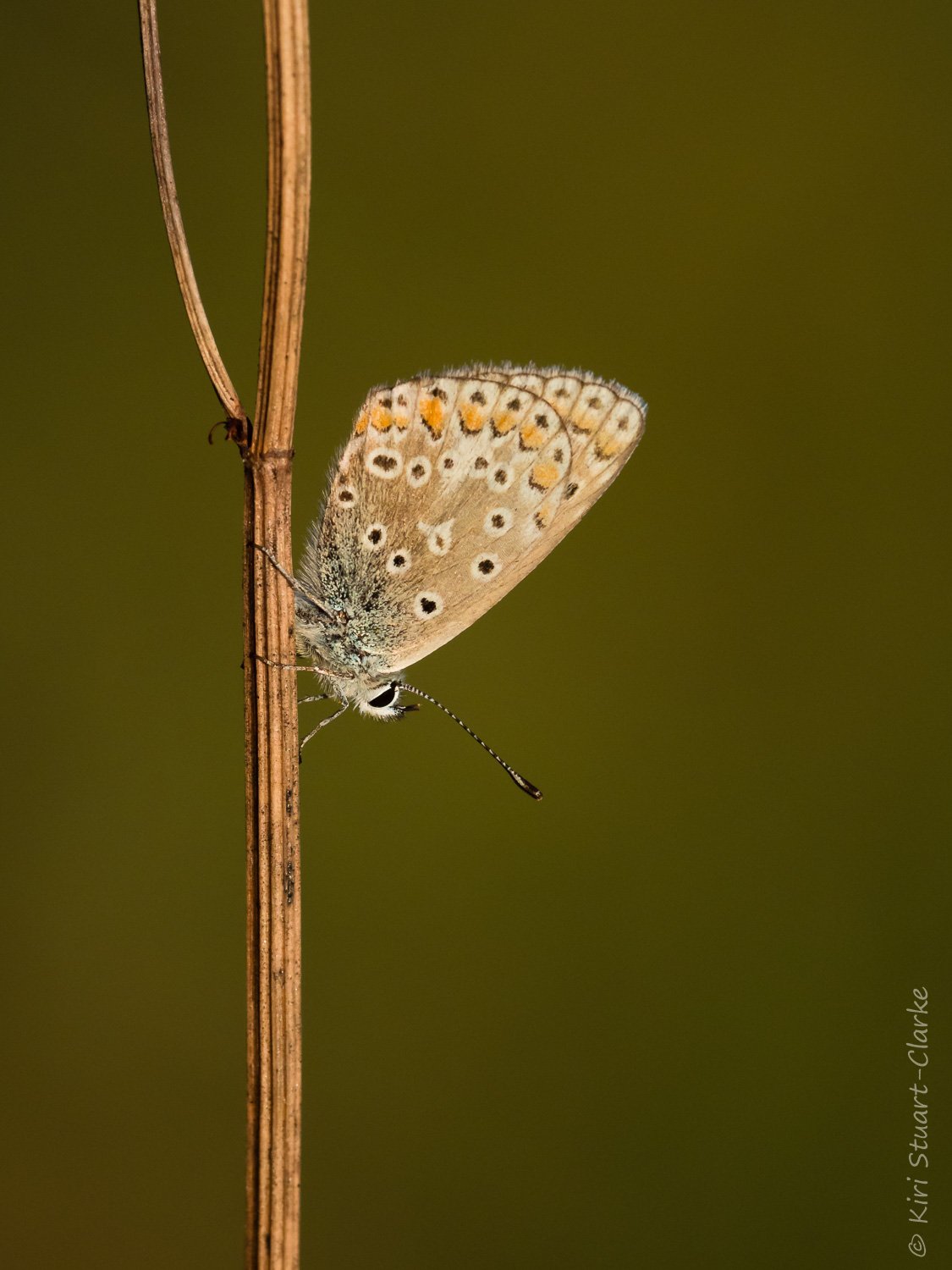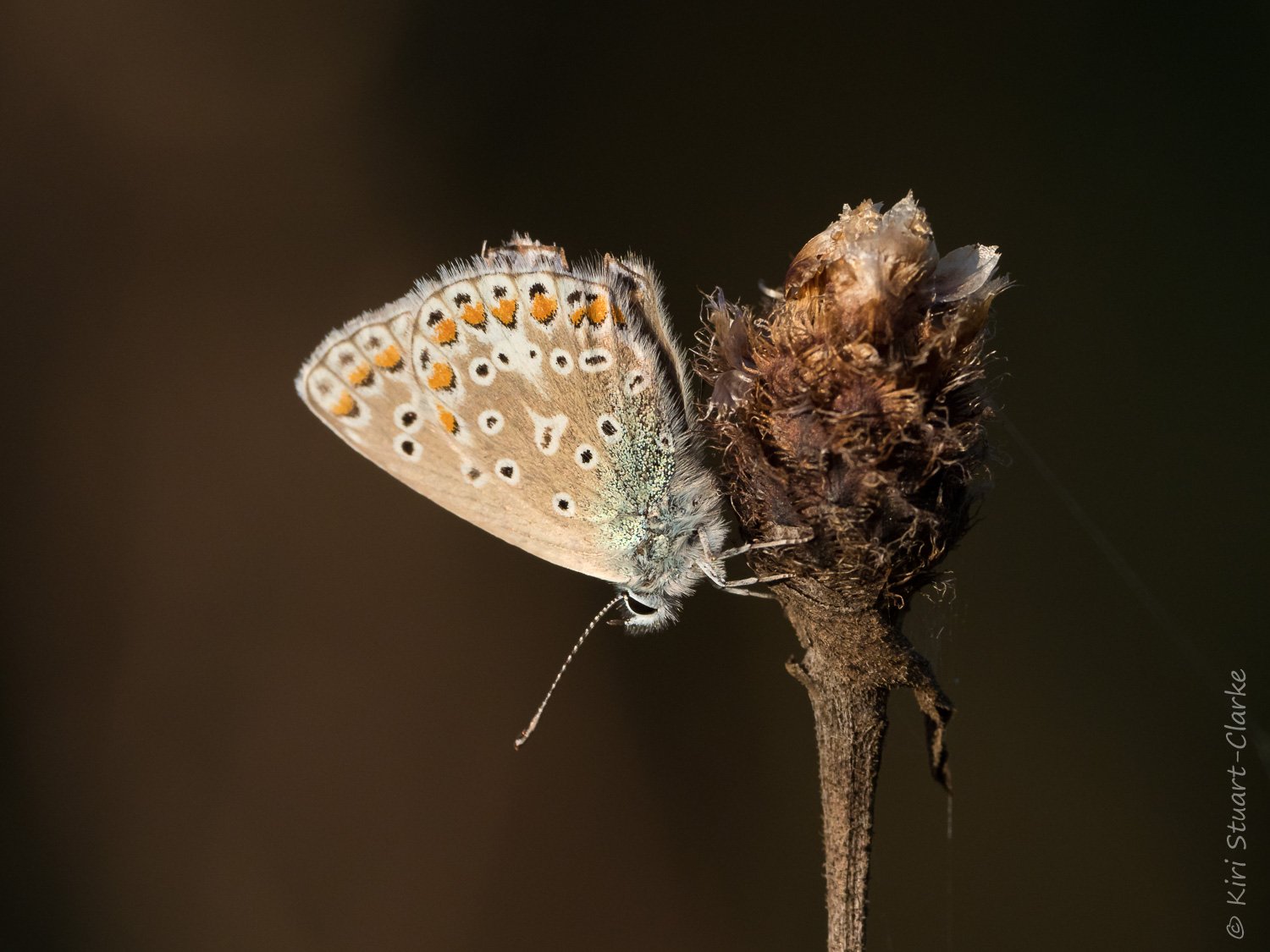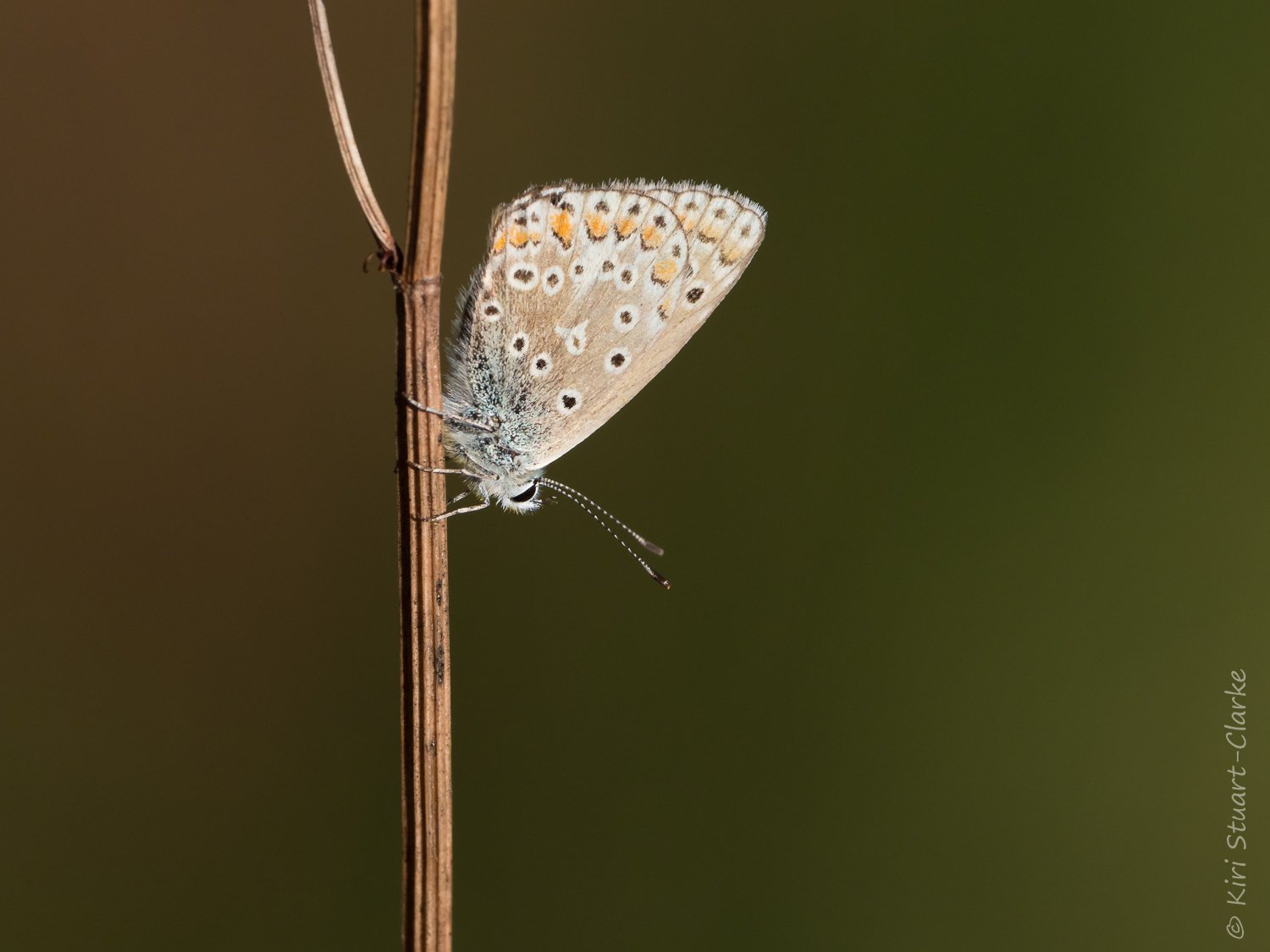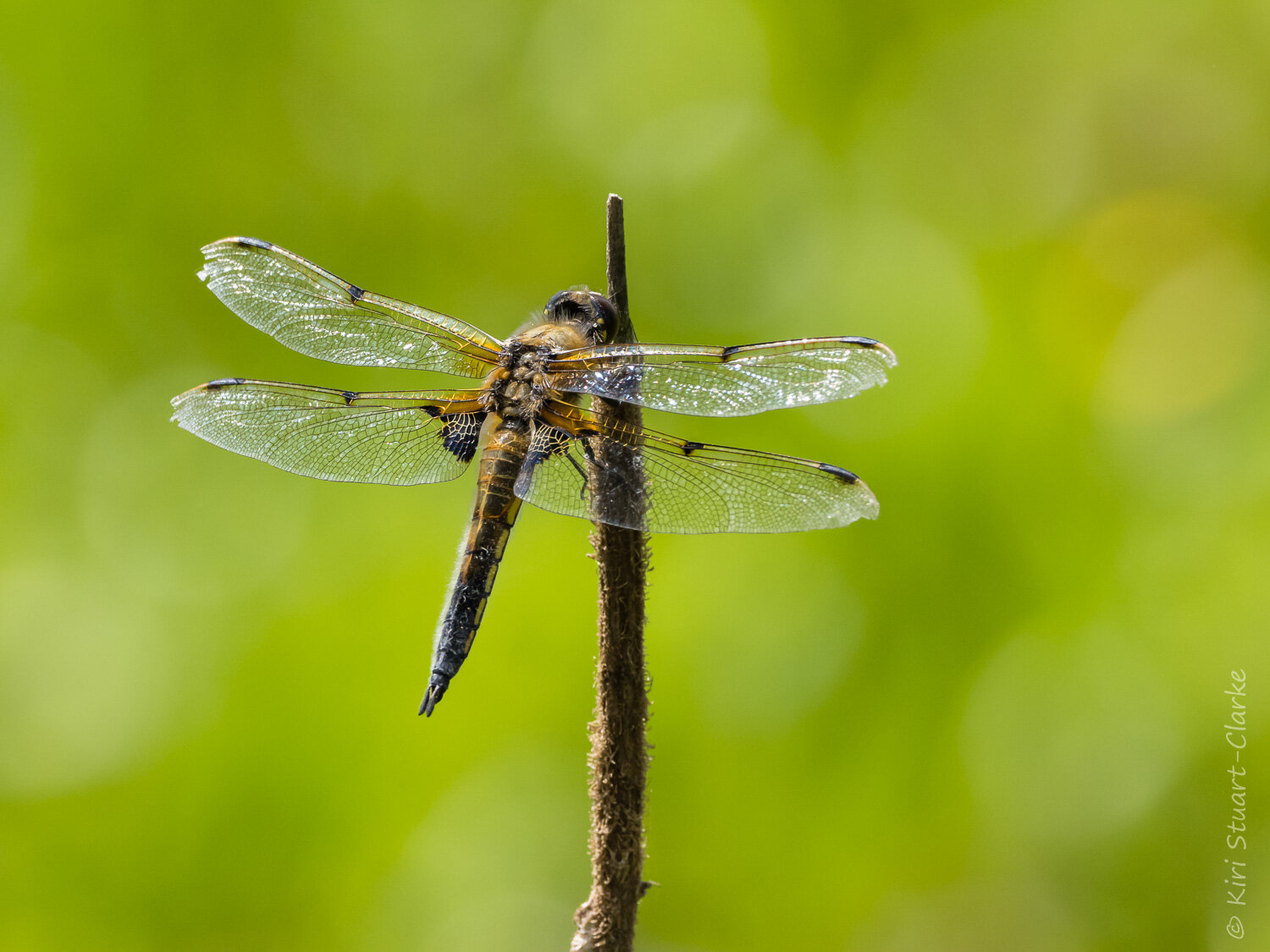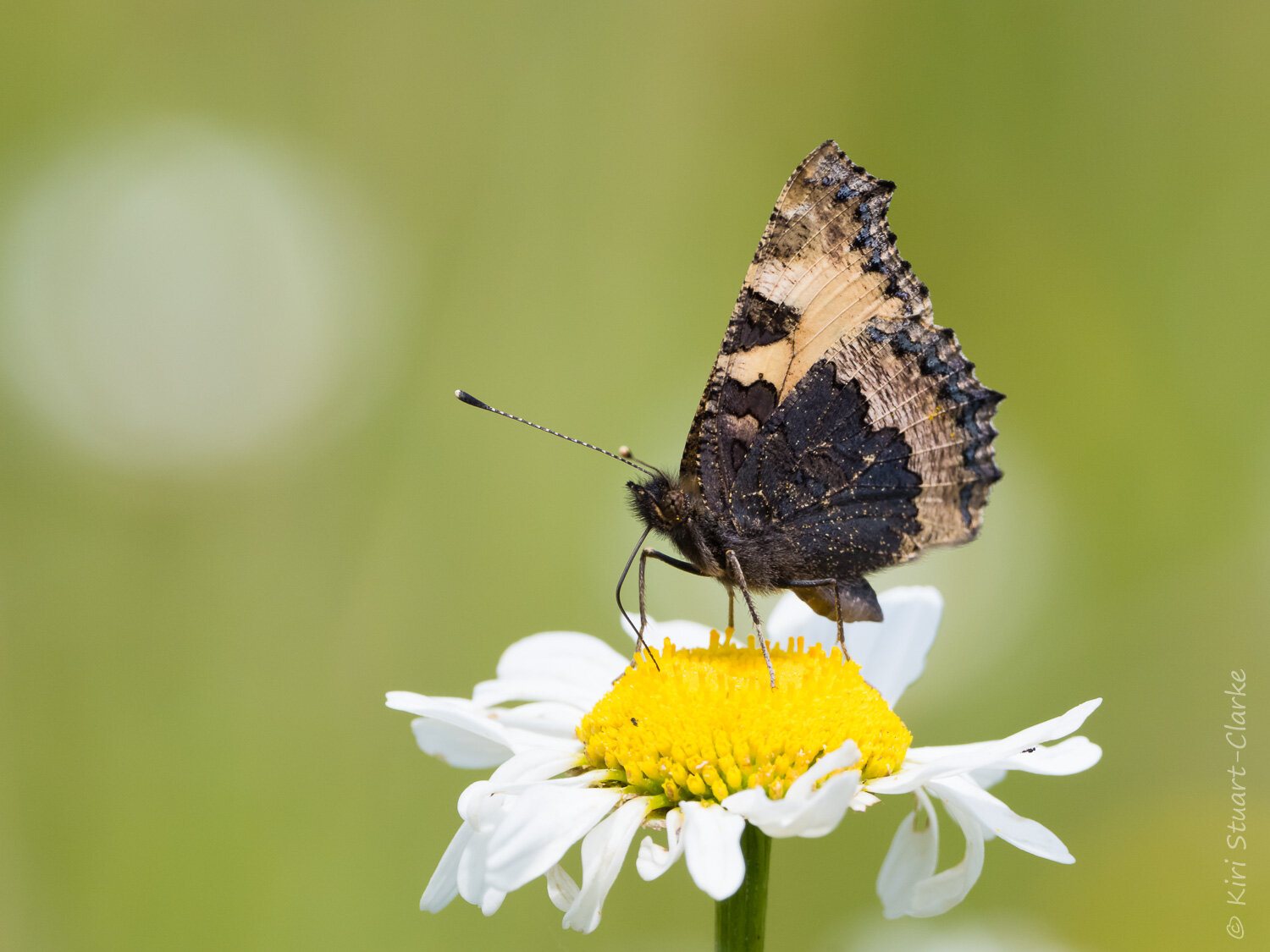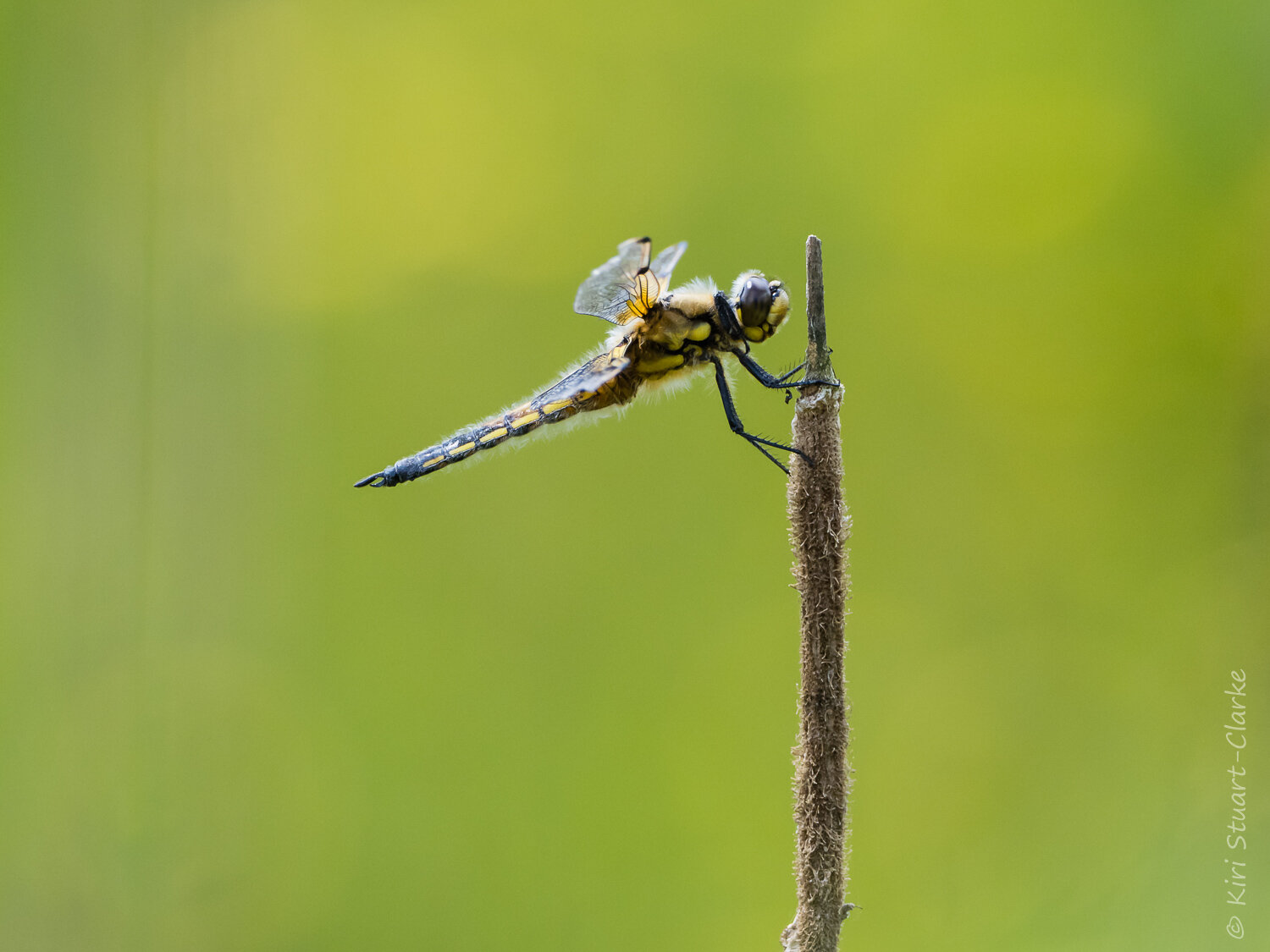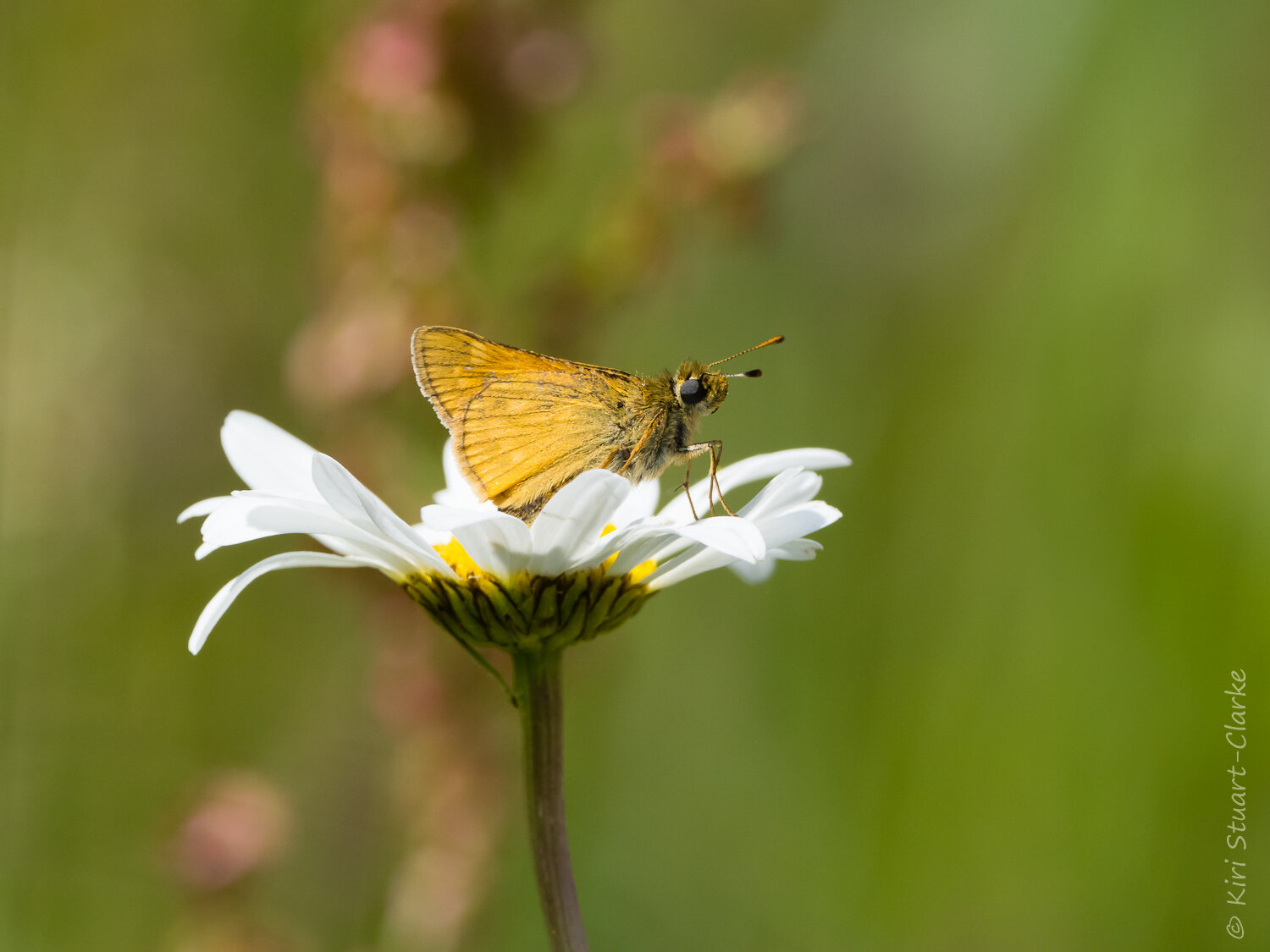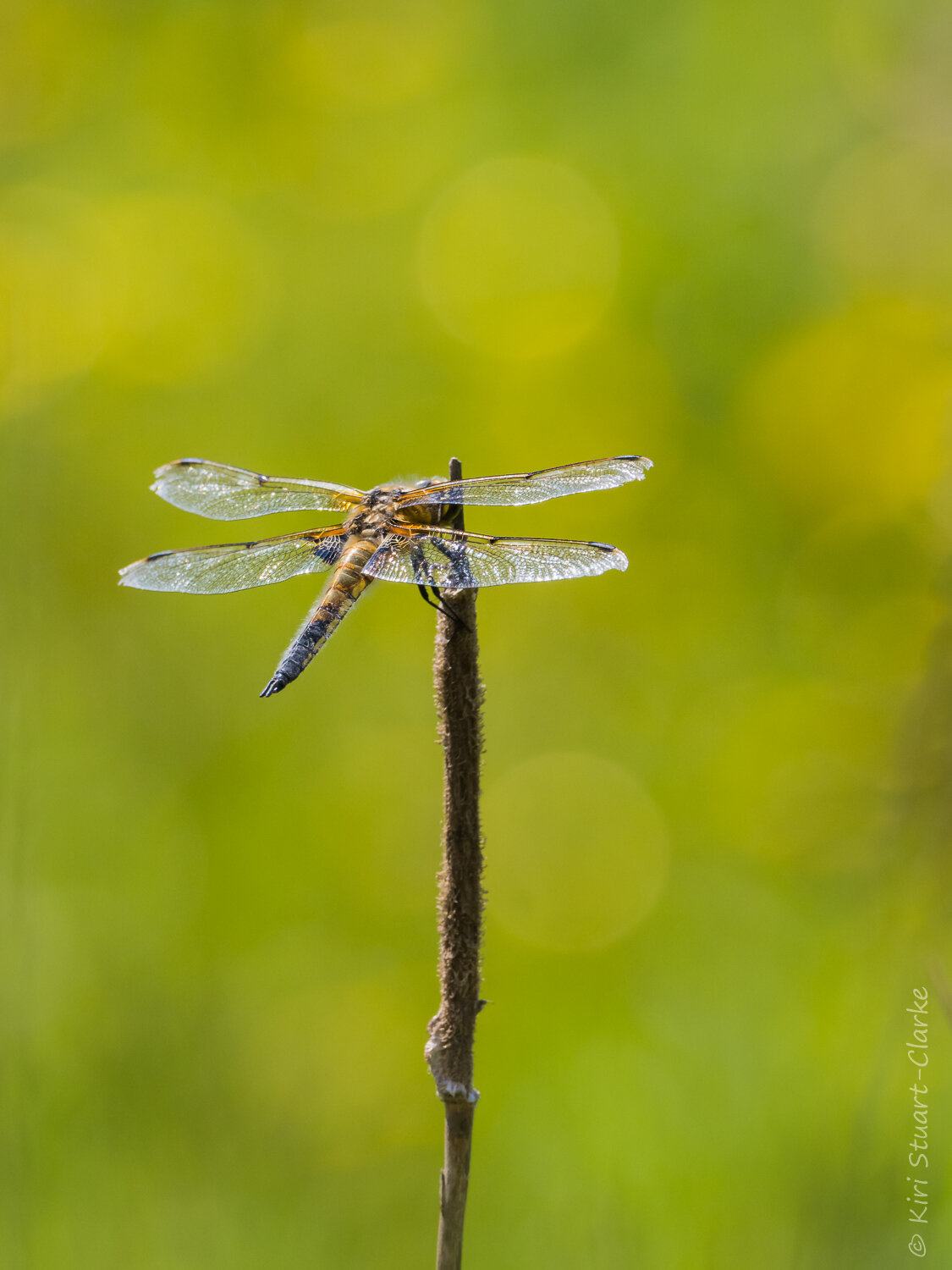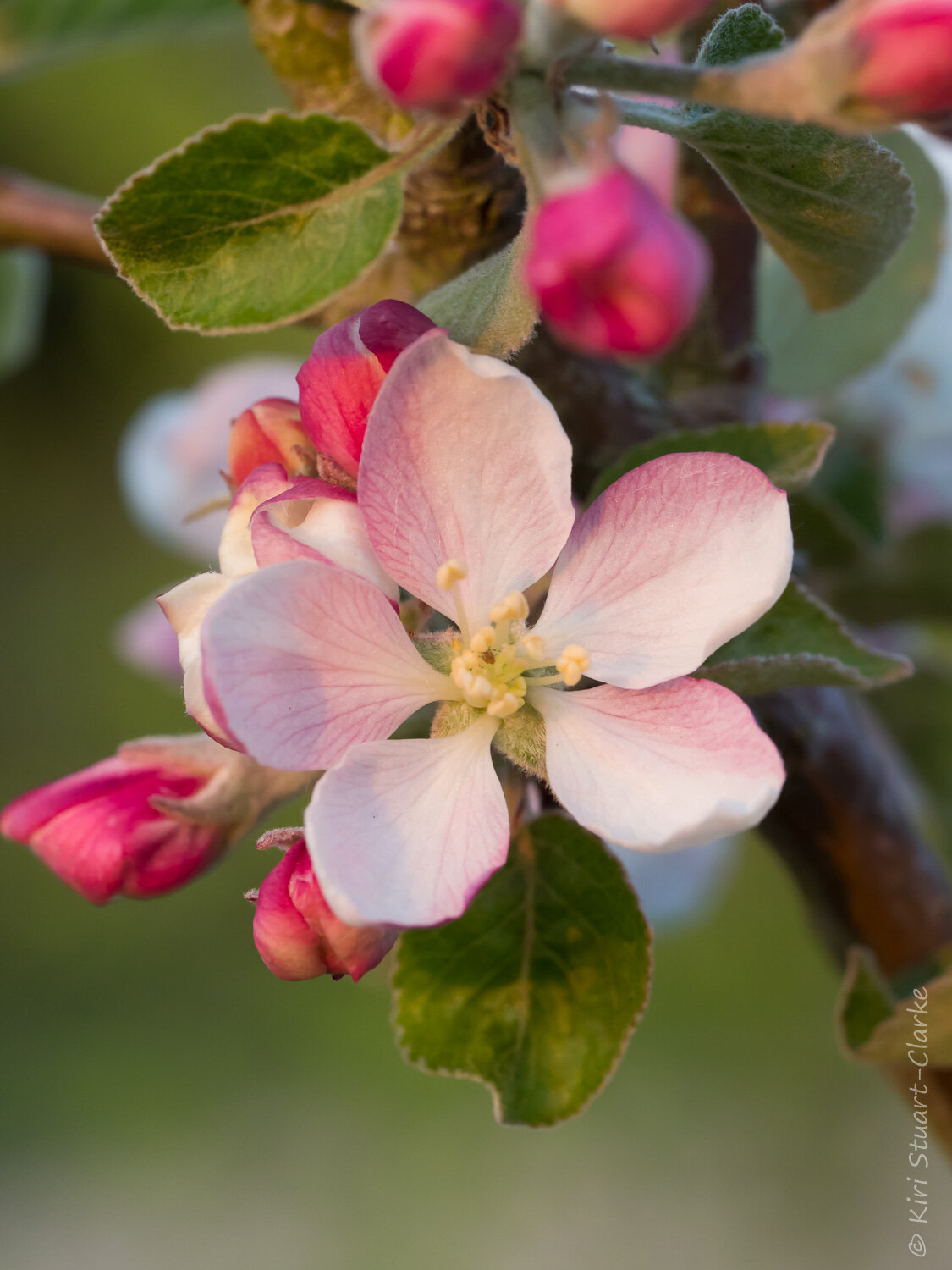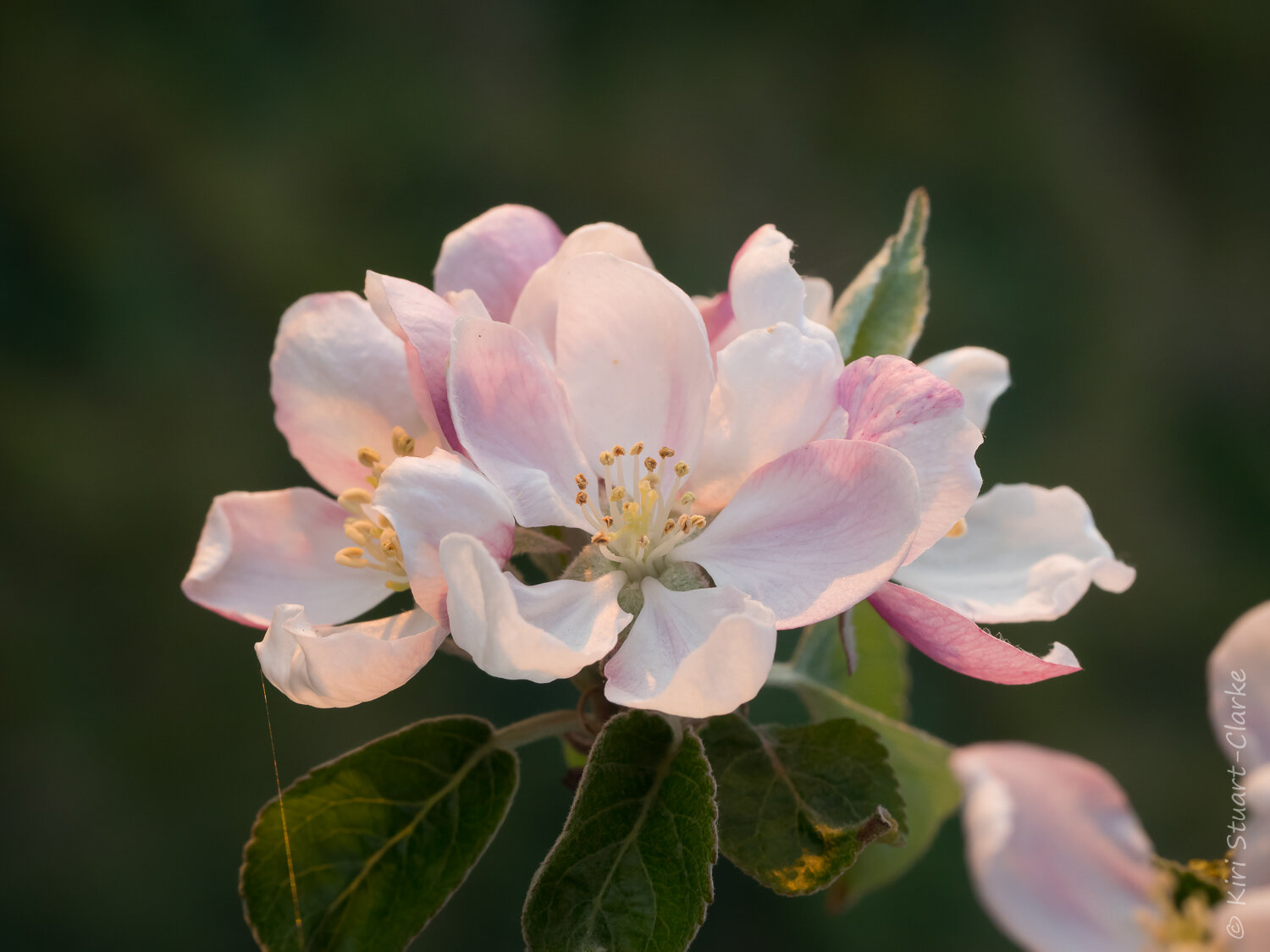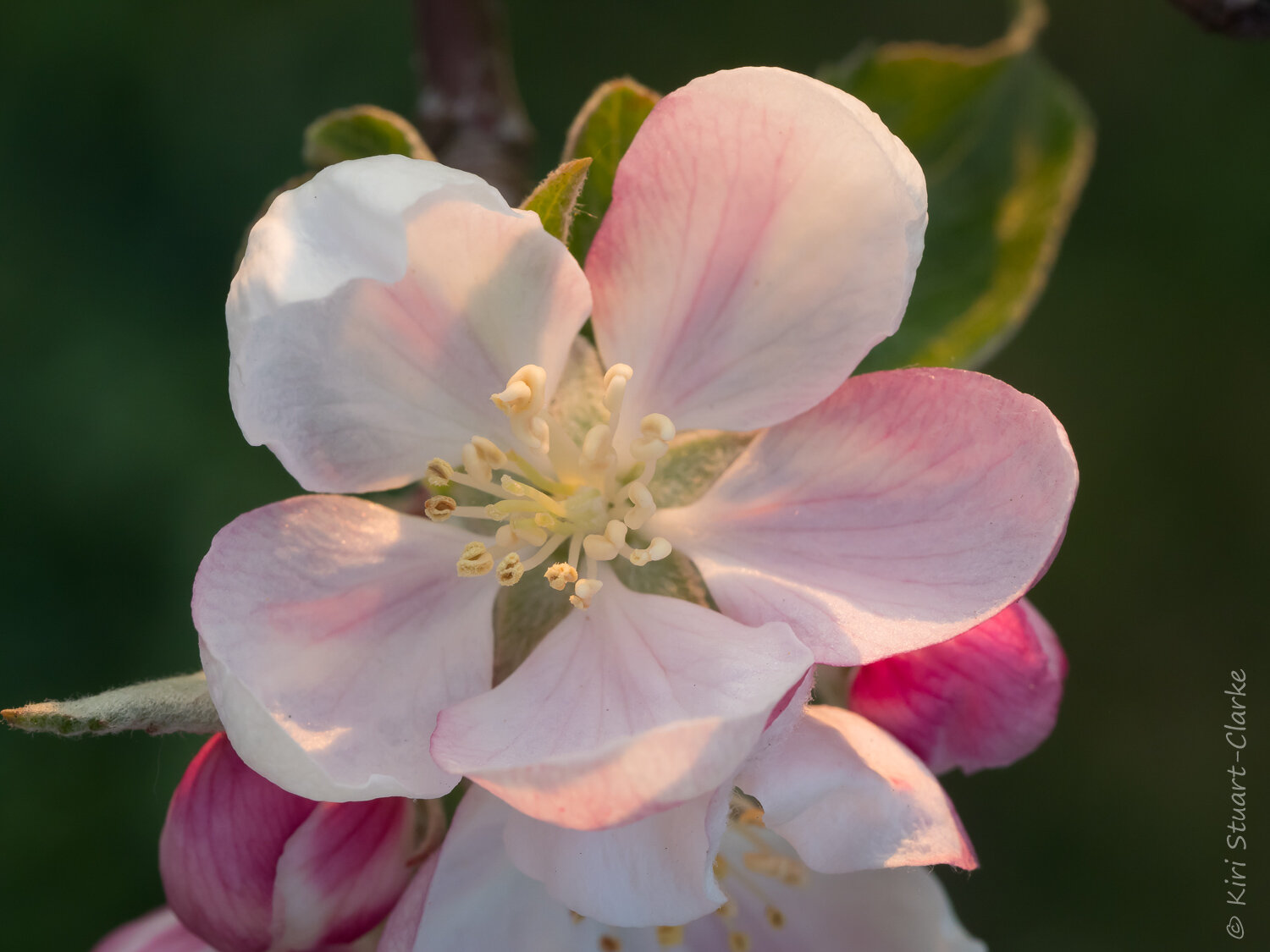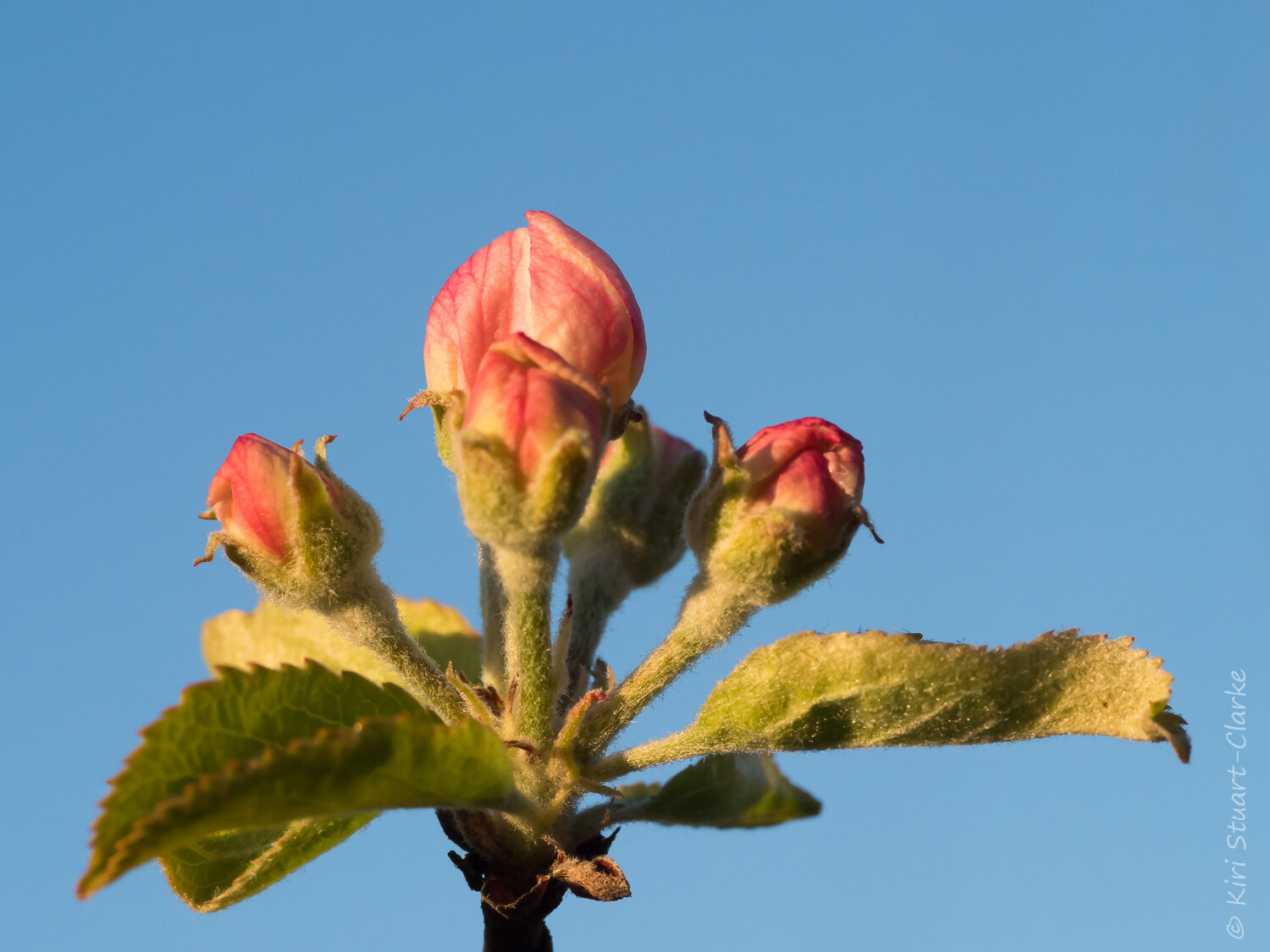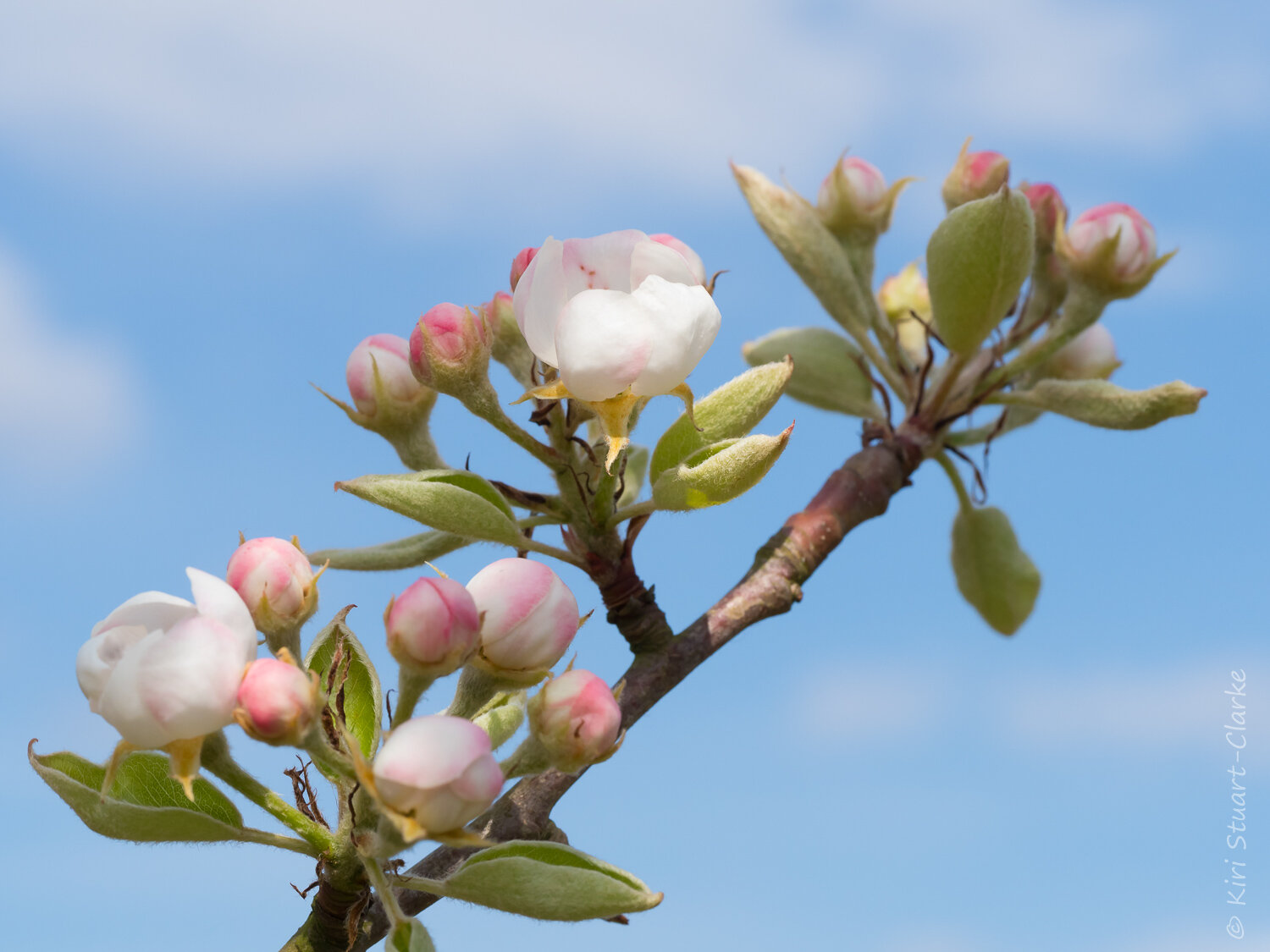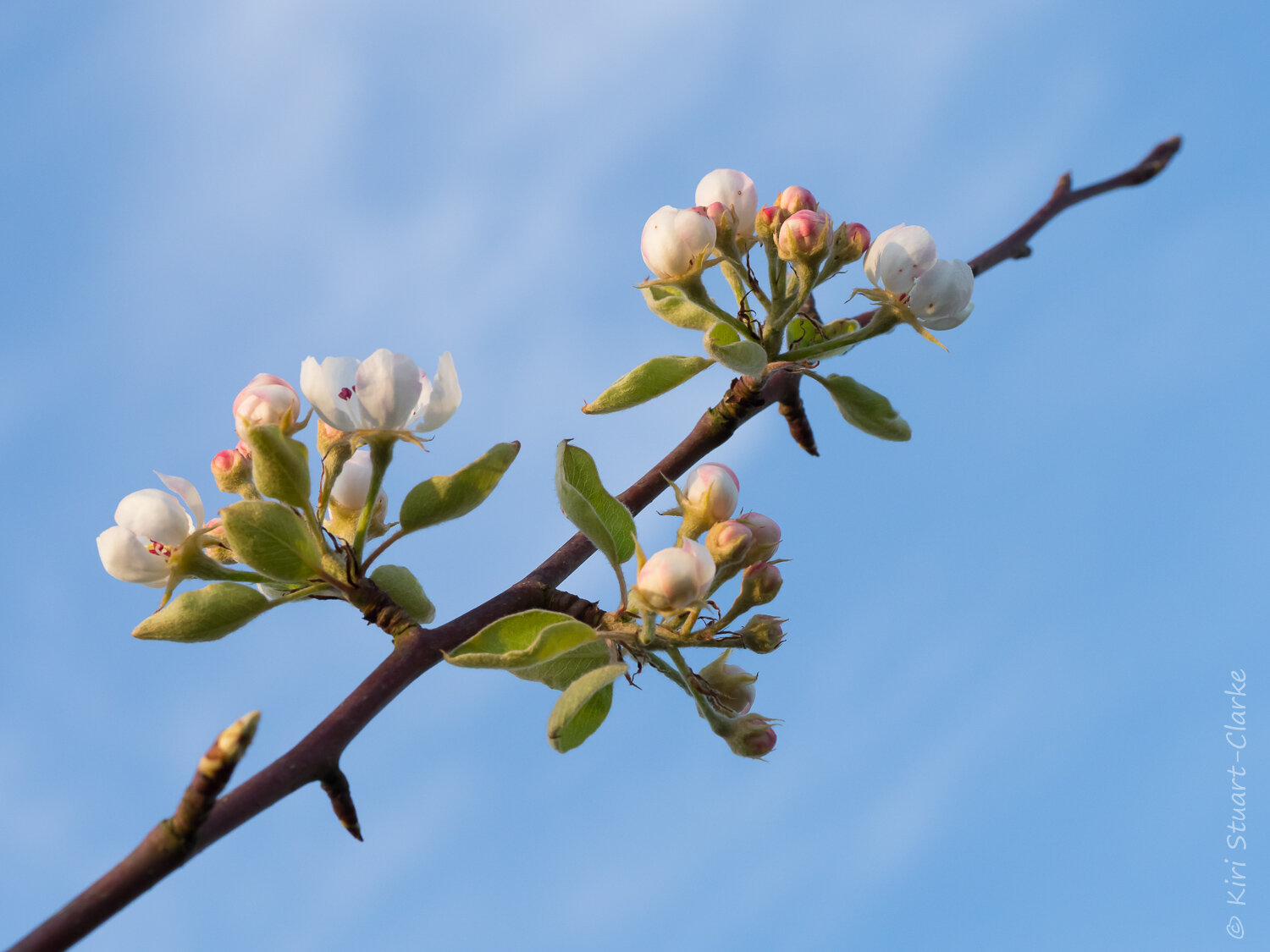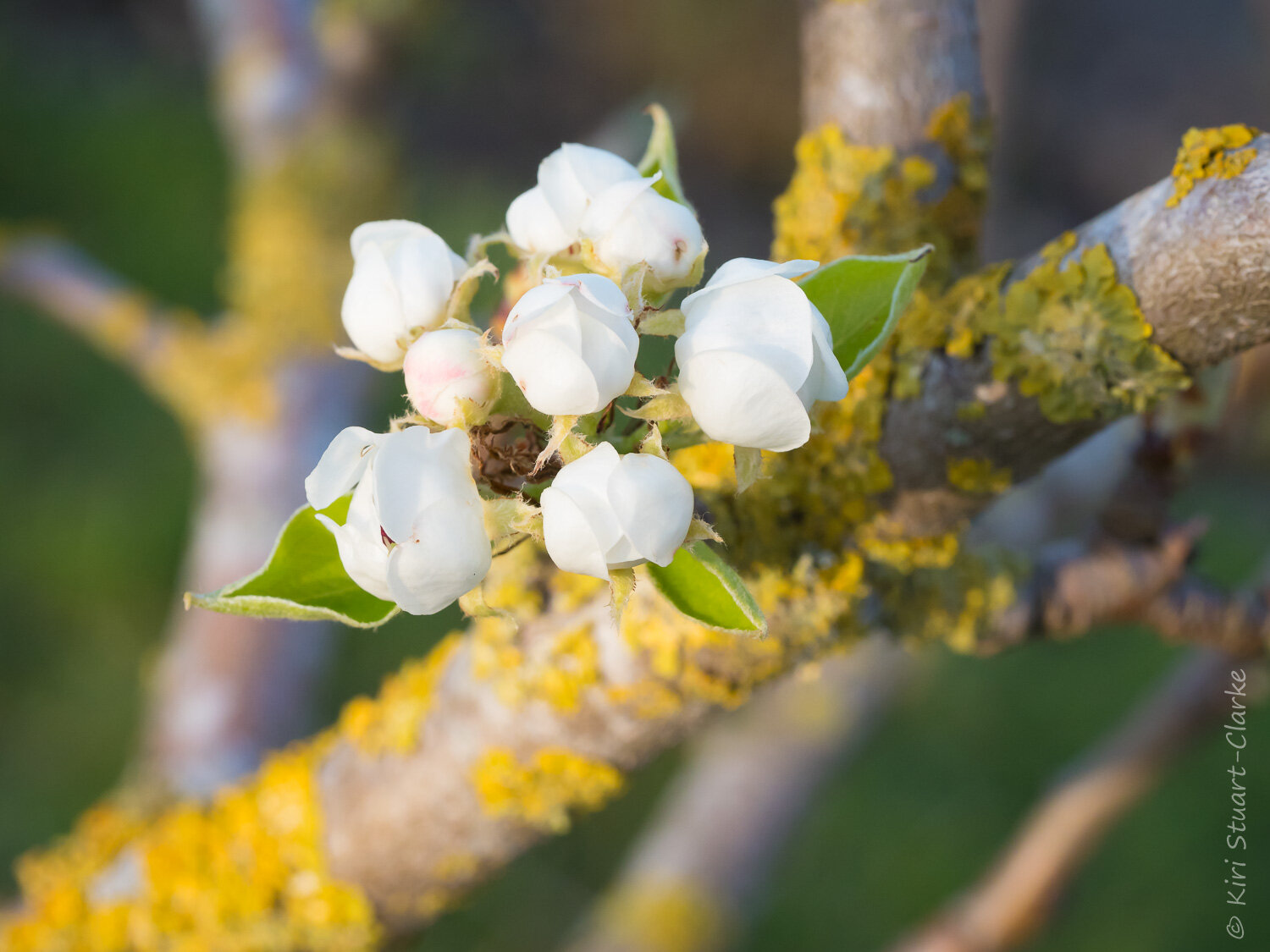One wildlife gardening project that I've been working on for a long time, in fact more or less since I moved in almost ten years ago, was how to get Orange-tip butterflies, Anthocharis cardamines, to breed in my wildlife garden. At first I planted Cuckoo flower, Cardamine Pratensis, the Orange-tip's best known primary host plant and the one they are always associated with. It tried it in my then new bog garden and by my pond margins, but the site proved too sunny and dry and Cuckoo flower failed to establish there.
Then I learned a less well known fact: Orange-tips also have a second primary plant, Hedge Garlic, Alliaria petiolata, also known as Garlic Mustard or Jack-by-the-hedge. This is a very different plant, larger, with beautifully scalloped lime green leaves, small Jasmine-like leaves, and it's even edible. It's a wanderer of part-shaded leafy lanes and hedgerows and is often used by butterflies as a more abundant alternative. Now that sounded alot more promising.
But for some reason I still struggled. Hedge Garlic is a biennial that behaves much like a foxglove. At first the Hedge Garlic didn't return, so I tried a variety of positions, all seemingly unsuccessful. Then I had an unexpected breakthrough, a self seeded patch popped up in, of all places, my gravel trap, not in part shade as everywhere advises, but southfacing and in full direct sun, exactly where the butterflies need it to be to lay on it. It seemed super happy there with damp feet and poor soil and went from strength to strength.
Finally, another three years on, I had a large clump running across the whole wall in a sunny position. Then this year Eureka! I spotted a female Orange-tip honing in on the patch, checking the flower tips out for prior eggs and then ovipositing some eggs in the bracts of several flower tips. I even managed a grab shot with my camera. I was euphoric and simply over the moon, I'd finally cracked it!
Two days later I took my camera out onto the patio preparing to photograph the eggs looked up and shrieked in horror. The gardener had been that morning, taken some initiative and “tidied” the whole wall! It turns out that not many people know that Hedge Garlic is a Orange-tip host plant.
Devastated, I spent the evening rummaging through the compost bin. Remarkably I saved about a dozen eggs and even more incredibly all bar one of those hatched. Despite various challenges rearing such minuscule hatchling, a few caterpillars were successfully released back into the wild on replacement host plants.
How Gardeners can Help Orange-tip Butterflies
Gardeners can help Orange-tip butterflies in three ways: Firstly by allowing self sown wild Hedge Garlic to grow in their garden, secondly by checking any Garlic Mustard they do need to weed out for butterfly eggs and relocating either the plants or the actual stems with eggs to a safe alternative host plant and lastly by proactively growing a patch of Hedge Garlic in a suitable sunny spot .
How to Transfer Orange-tip Eggs when Weeding Garlic Mustard
Orange-tip butterflies are most likely to have laid their egs on plants in a predominantly sunny aspect. If you do need to weed out a patch of Garlic Mustard then first check the undersides of the flower buds and bracts for eggs. The eggs are usually proud and bright orange so although small tend to be quite visible. If you find any, either pot up the plant, move it to a convenient spot and look after it. Otherwise clip the section with the egg on and then tie it high, as close to the flower tip bracts as possible onto another plant stem that is without an egg and that will be left in situ (or if wild, definitely won't be strimmed in road verge management). Tie the section securely, but without damaging the host plant stem, using fine wire or a non-fibre-shedding thread, if possible leave a route for the caterpillar to migrate avoiding contact with the tie altogether. The caterpillars are so miniscule on hatching they can even get caught in microfibres from polycotton just as in a fine spider web.
Lastly, its important to only put one egg onto each plant, or at least each flowering stem if the plant is a very large second year one. This is because the Orange-tip caterpillars are opportunistic cannibals and will eat each other if they cross paths.
Growing Garlic Mustard as a Butterfly Host Plant
Growing Garlic Mustard can actually help two spring butterfly species, as it is also the caterpillar host plant for another attractive white spring butterfly, the Green-veined White. The caterpillars however are not in competition with each other as the Green-veined White caterpillars eat the leaves of the plant whereas the Orange-tips feed on the seed pods.
Garlic Mustard is very easy to grow from seed in autumn or you can buy young plants from online wildflower providers like Naturescape in spring. Other native plant suppliers are available, do order youor Hedge Garlic early to catch egg laying season.
You will need to grow a generous clump in a sunny area (The butterflies don't generally oviposit on plants in shade) and grow them somewhere you can leave the plants all year even after they die back as many, though not all, caterpillars stay and pupate on the plants. Keep an eye out for ovipositing females and then look for the orange eggs regularly. Eggs are pale yellow day 1, turn bright orange on day 2 then fade to dull brown a day or two before hatching after about 7 days.
If you have grown Garlic Mustard in pots then you can optionally check over the flower heads and buds for predators, (moneyspiders with fine webs, aphids and ladybird larvae were all lurking in wait for mine) evict the predators and transfer the pots into a netted butterfly habitat to reduce predation. At time of writing 90cm butterfly habitats can be ordered online for about £15 from places like Bugzarre.
You can also grow Cuckoo flower, the Orange-tip butterflies’ other primary host plant, if you have a pond margin or bog garden of course. Orange-tips will occasionally lay on other crucifer wildflowers such as Charlock as well as Dames Violet and Honesty but larval survival is generally considered poor on these latter plants.
